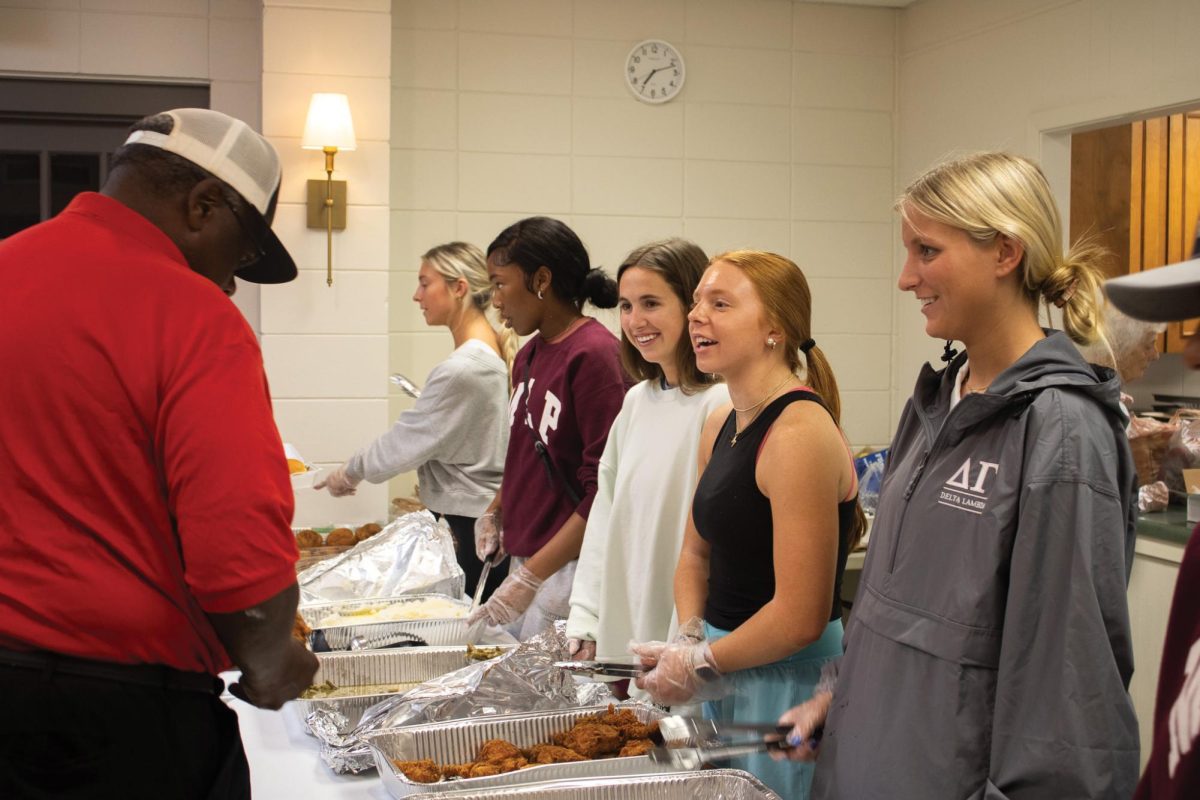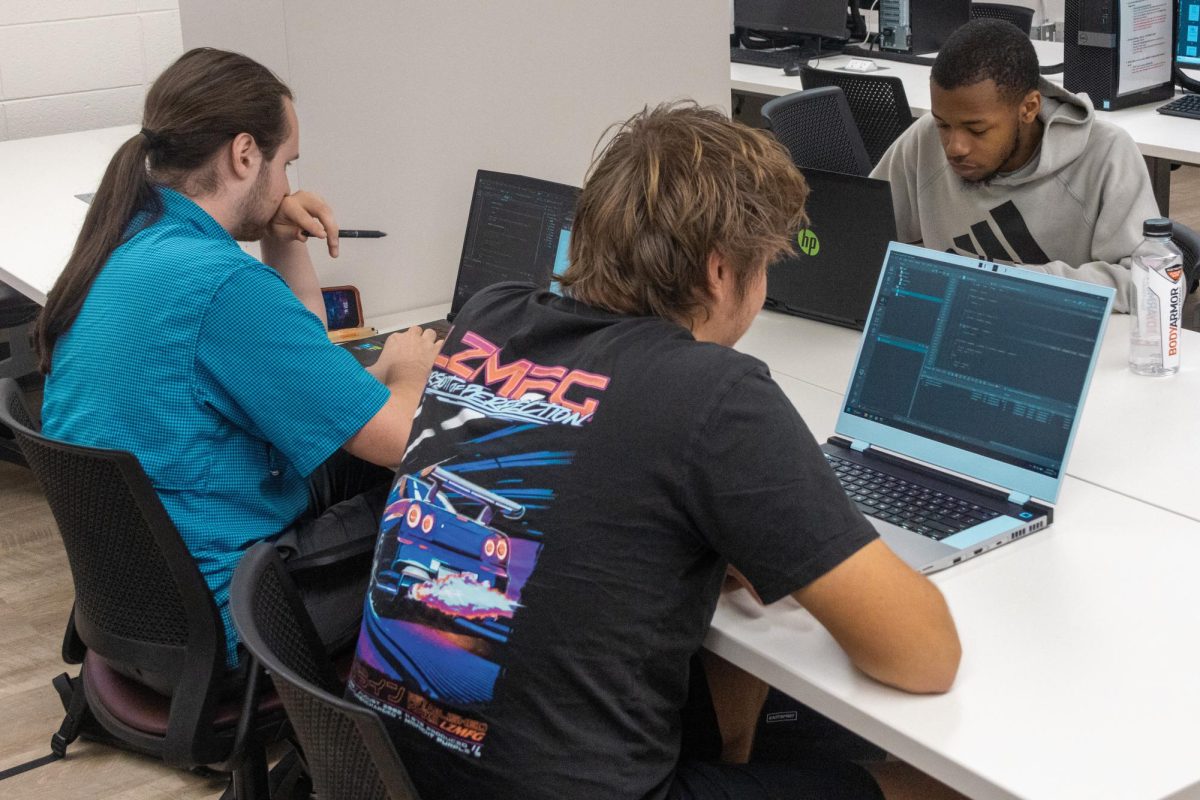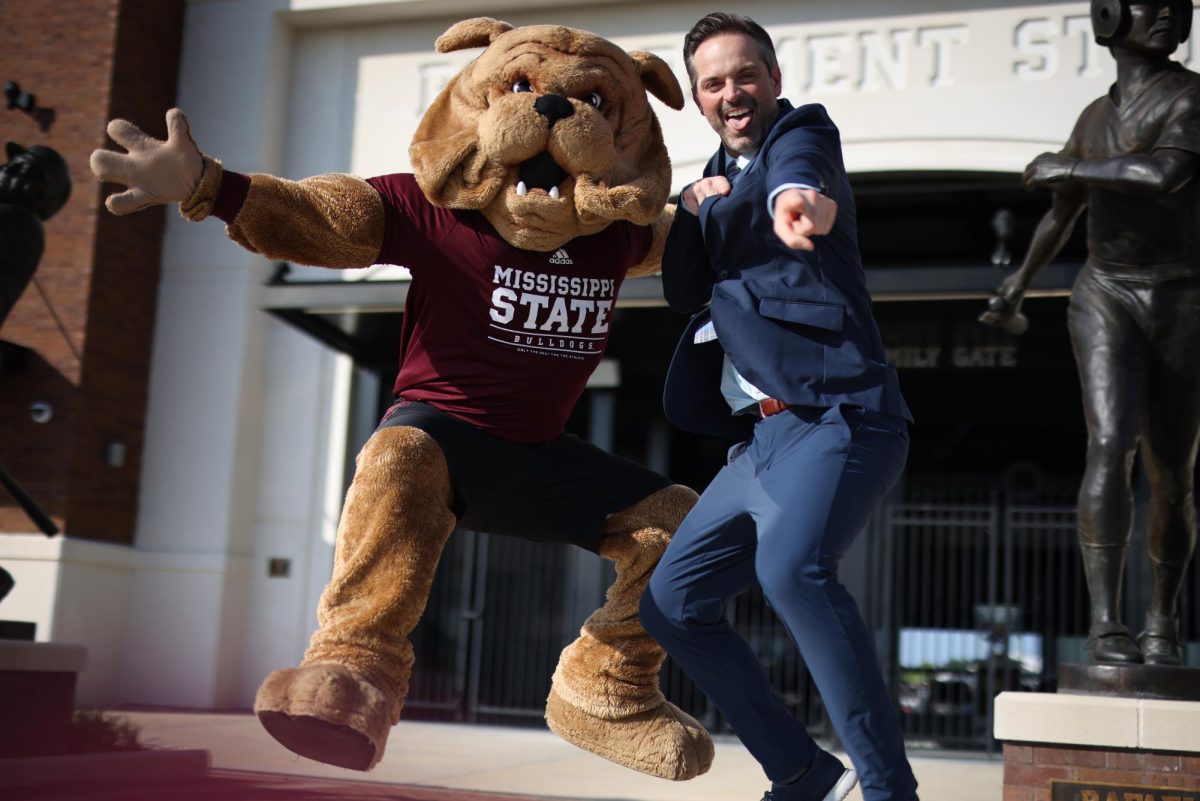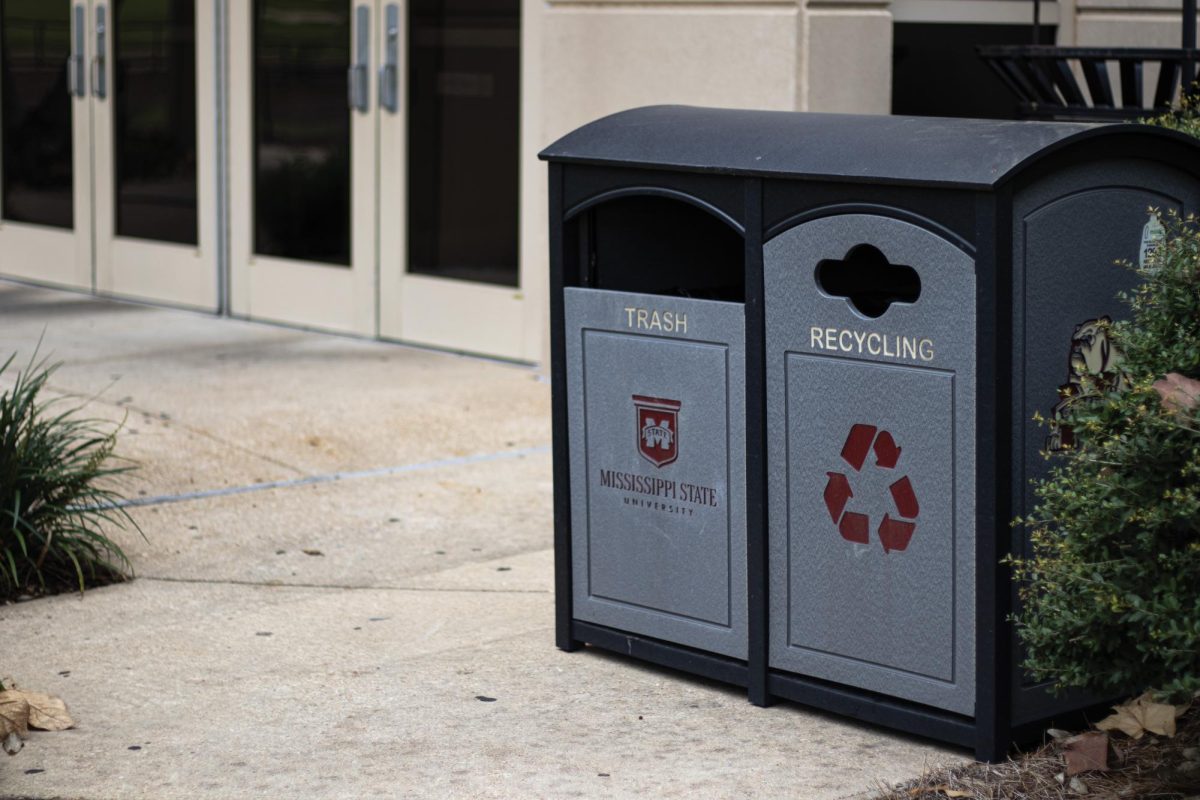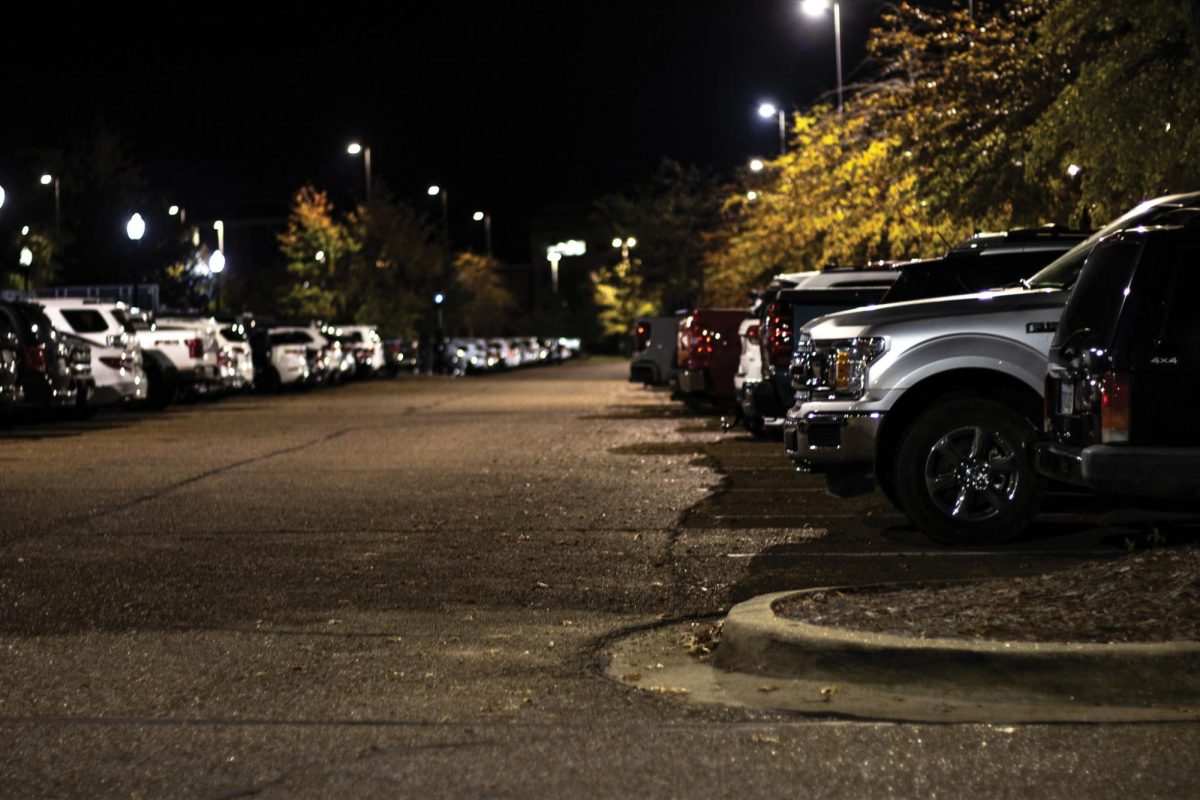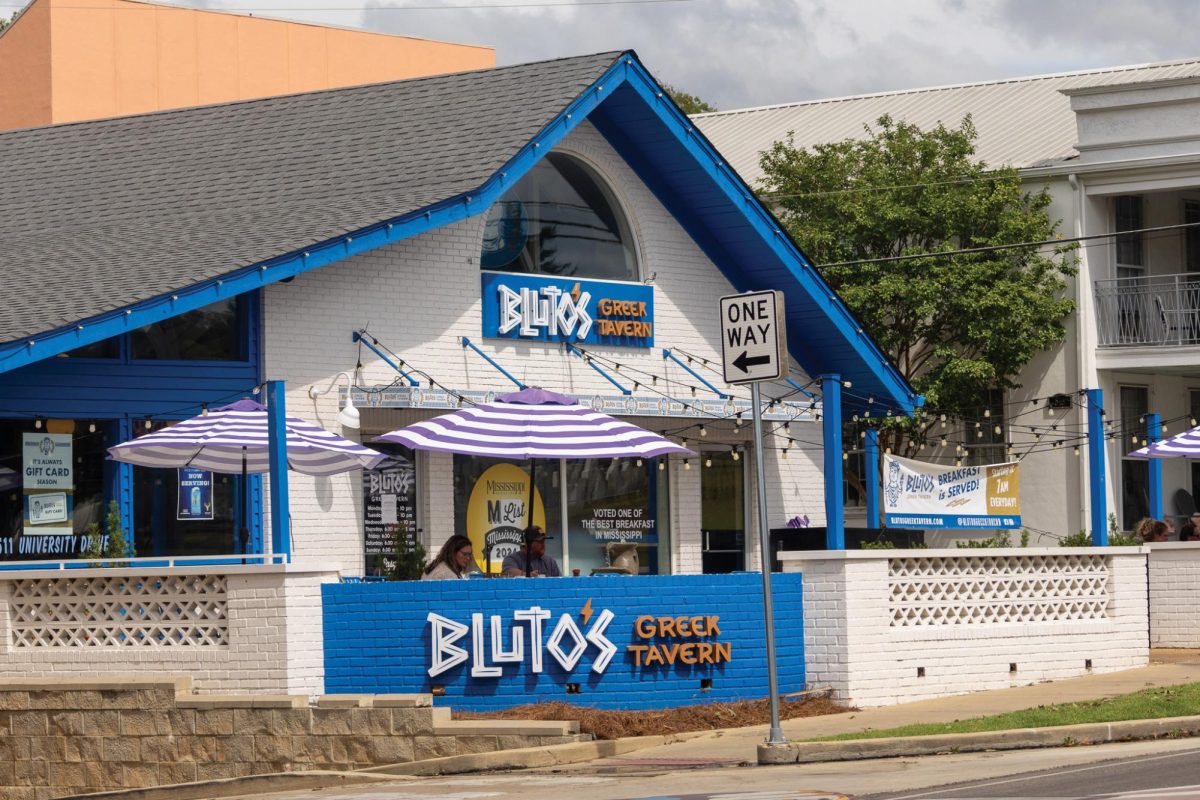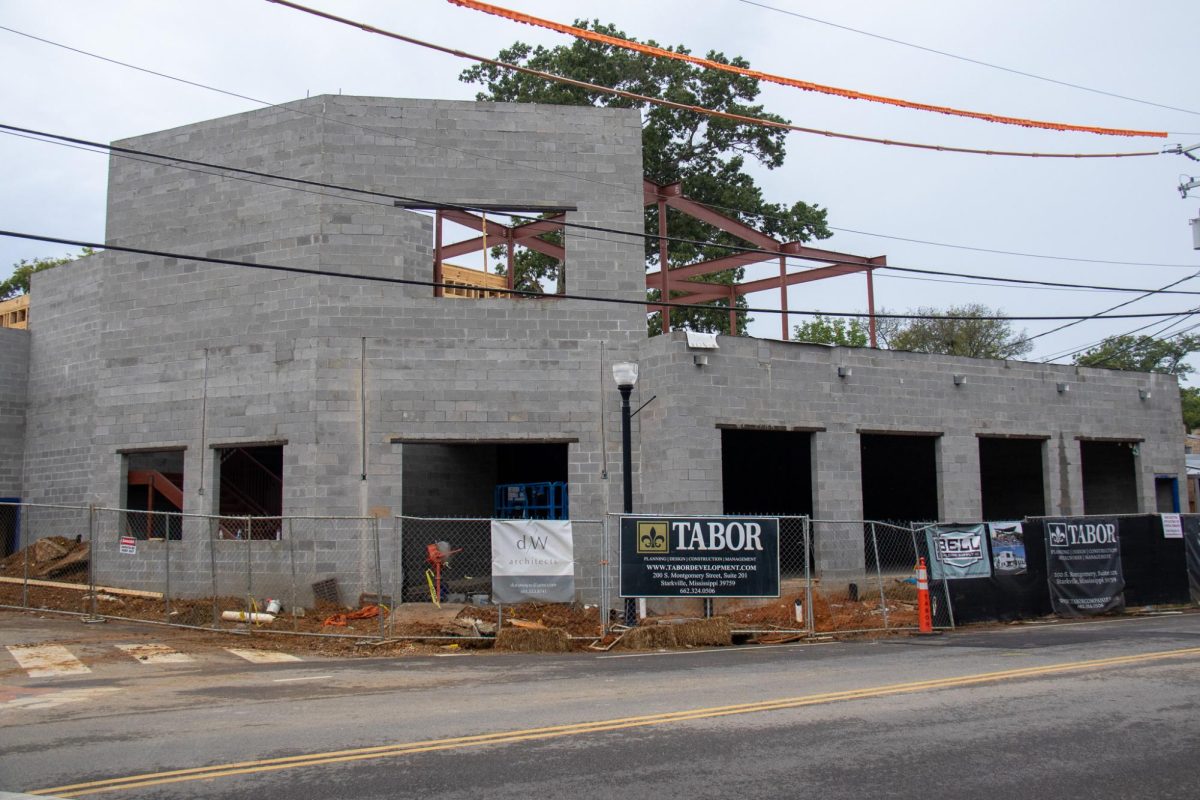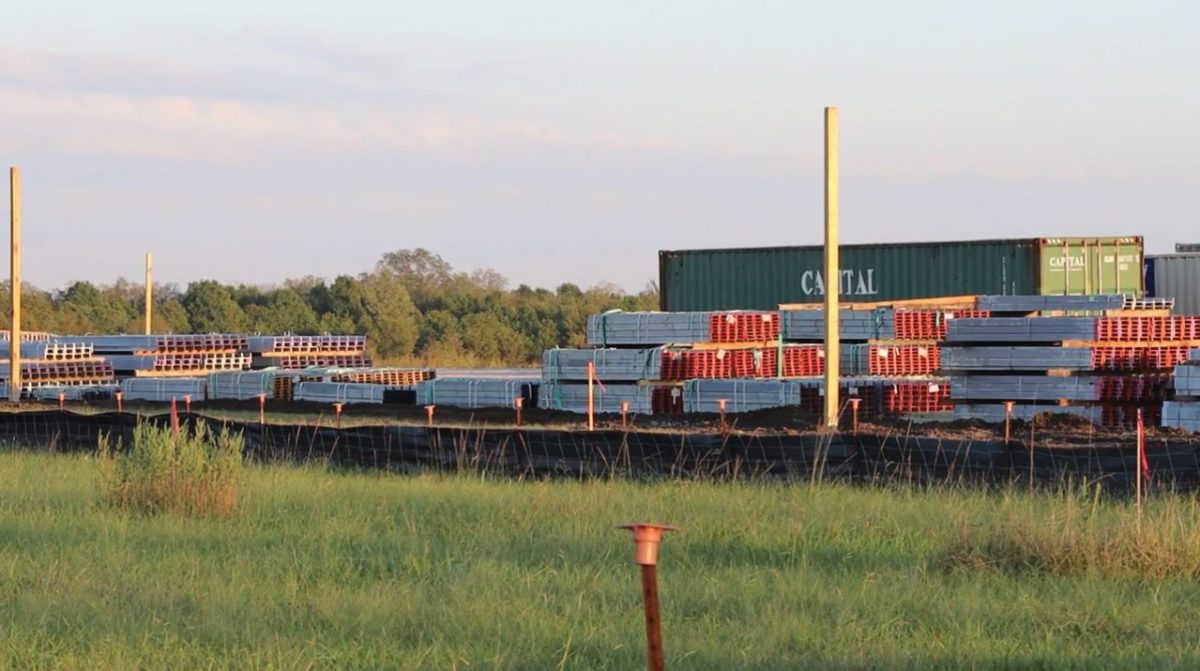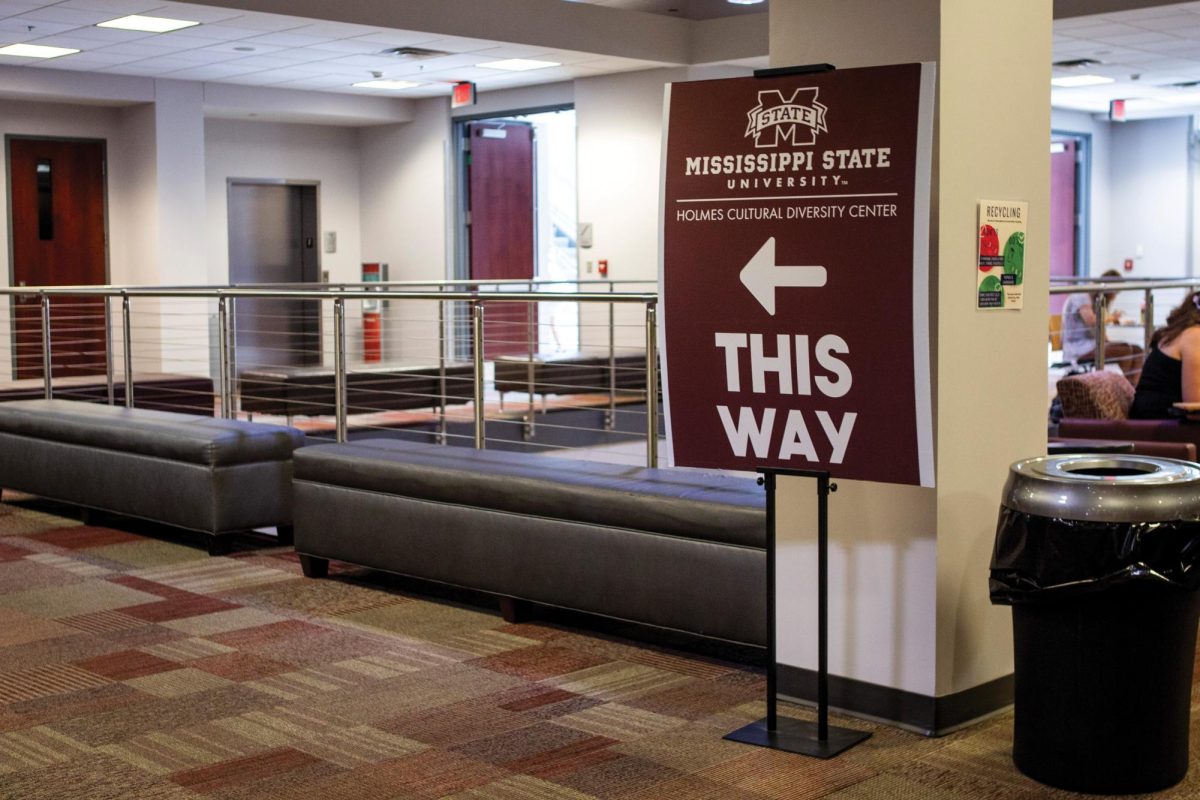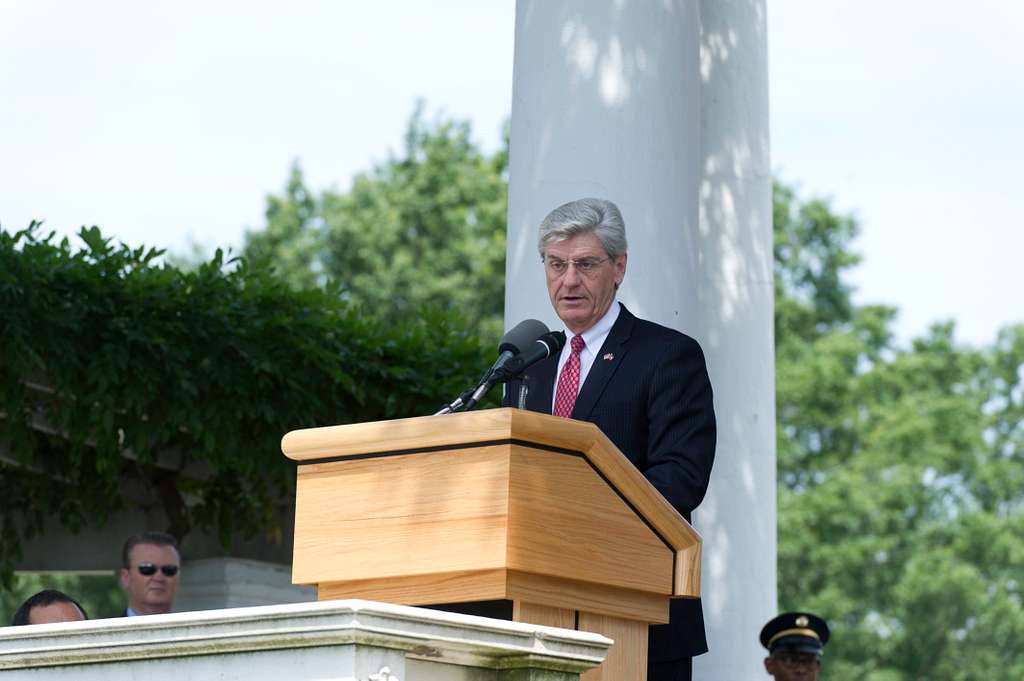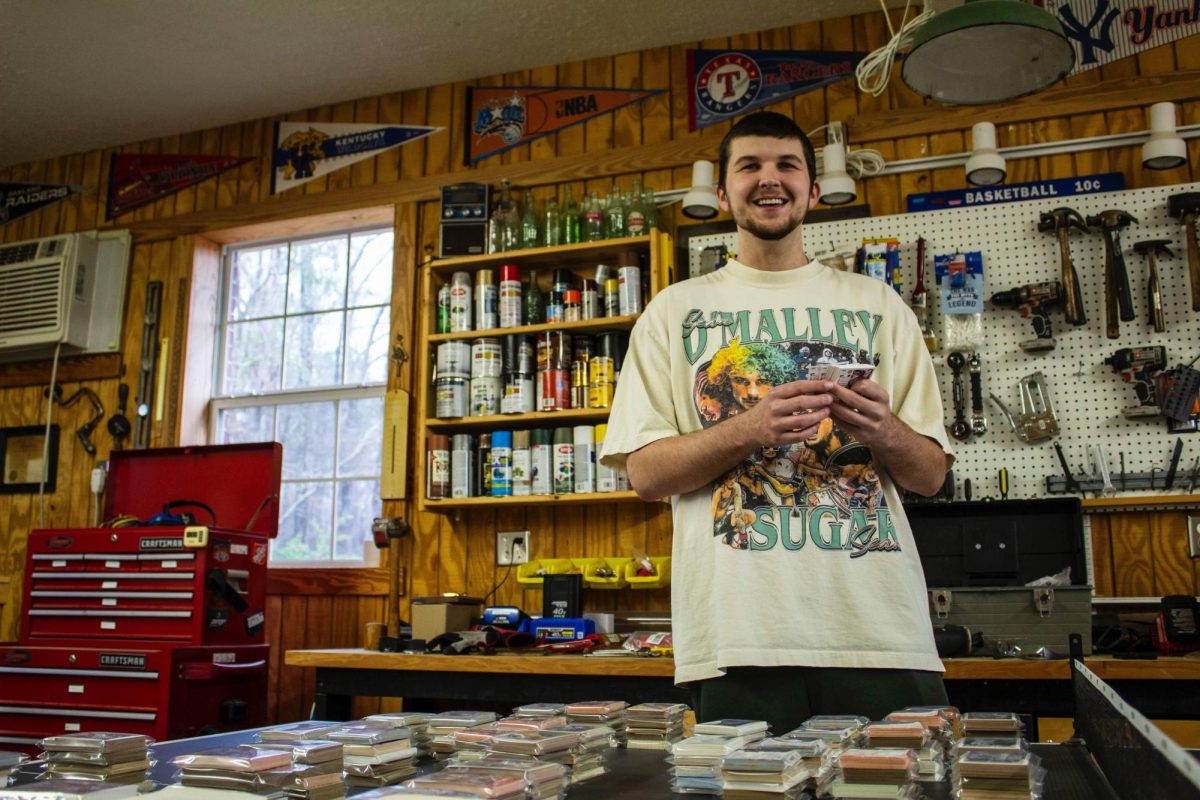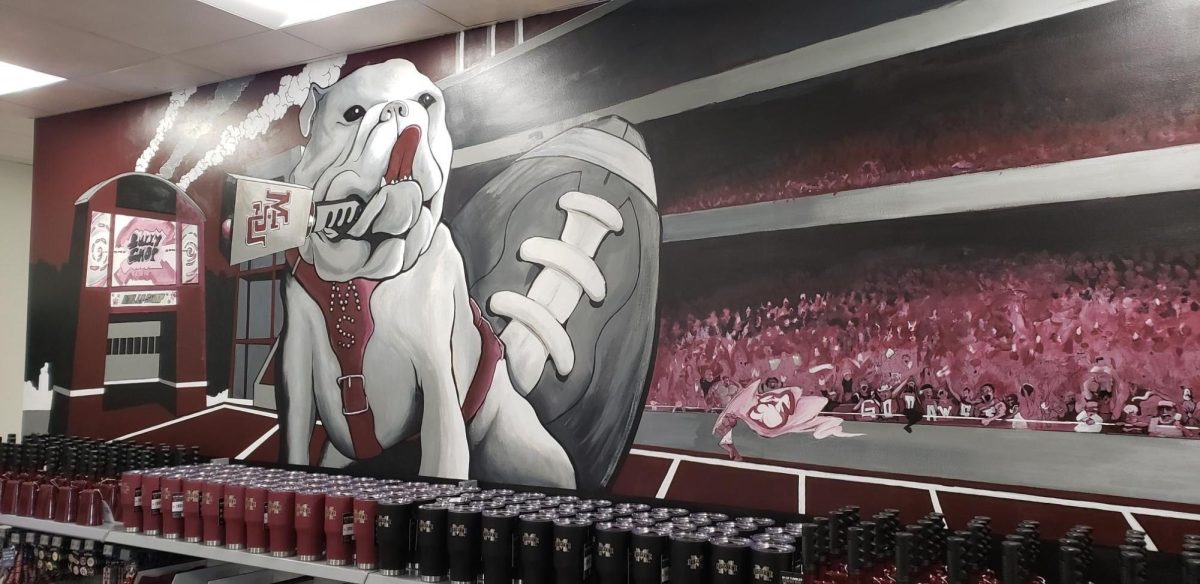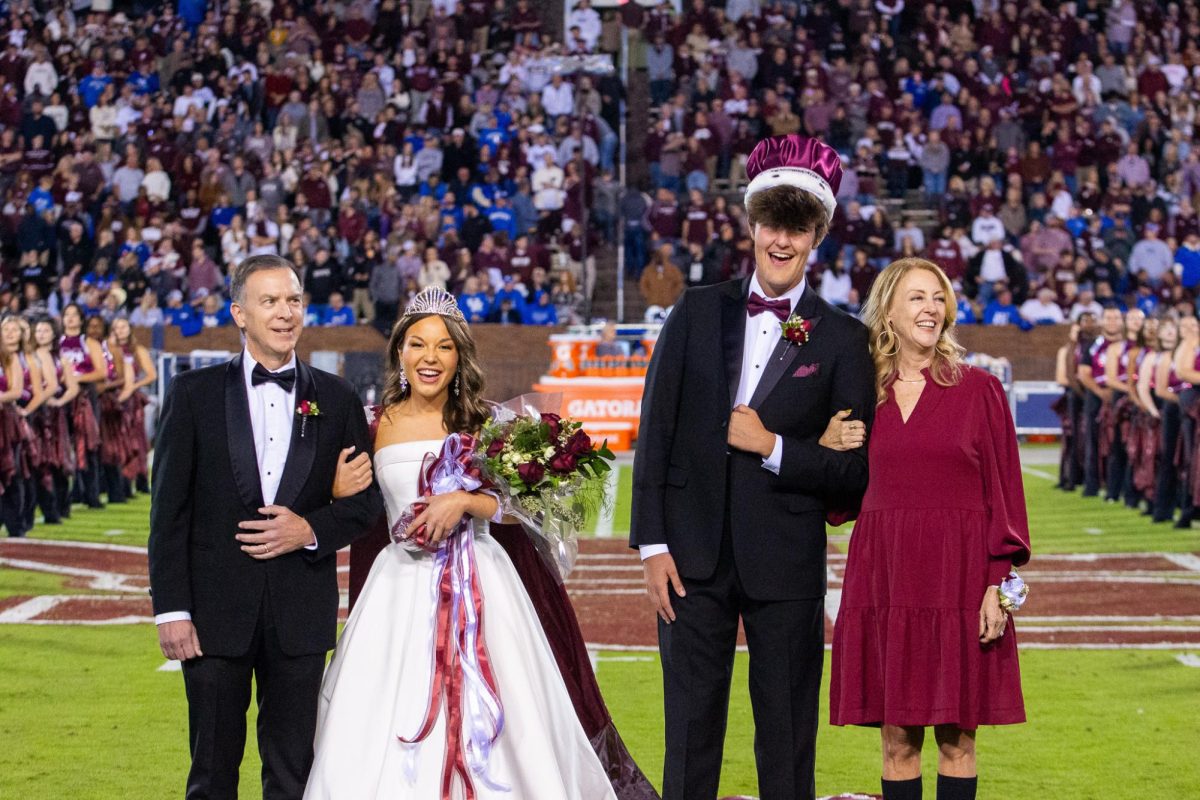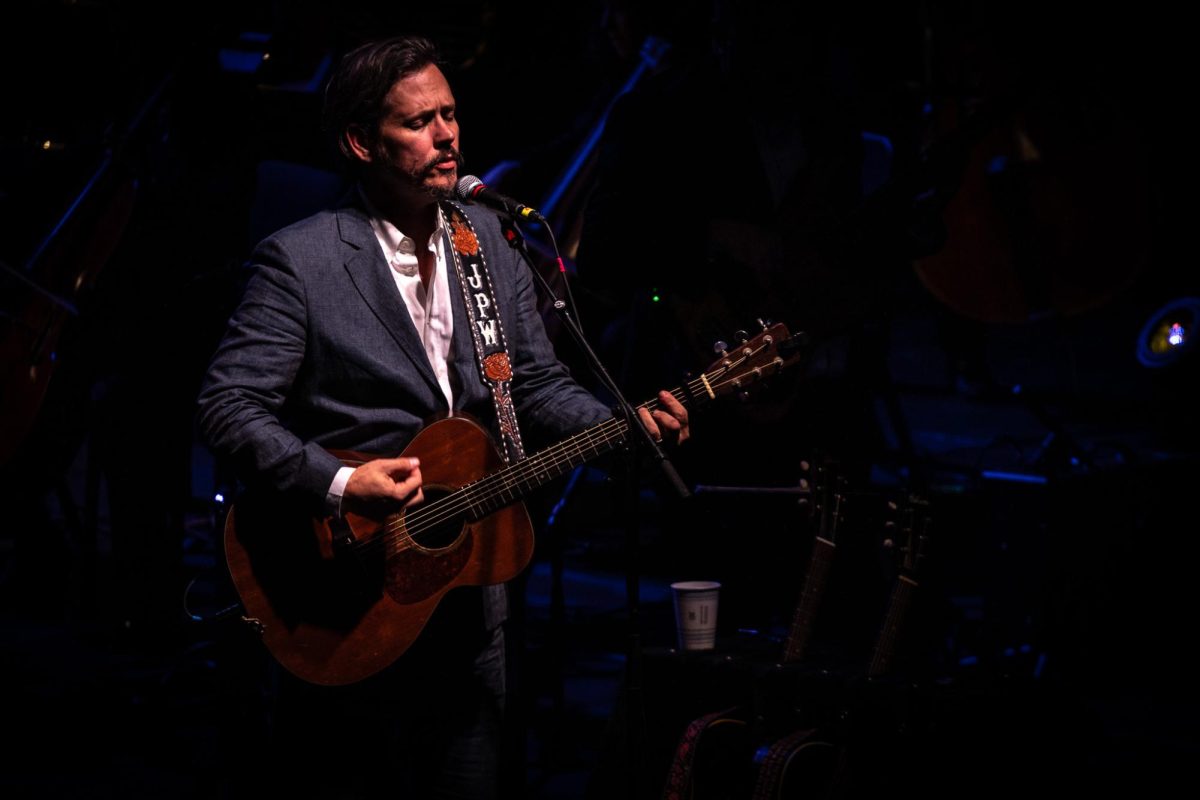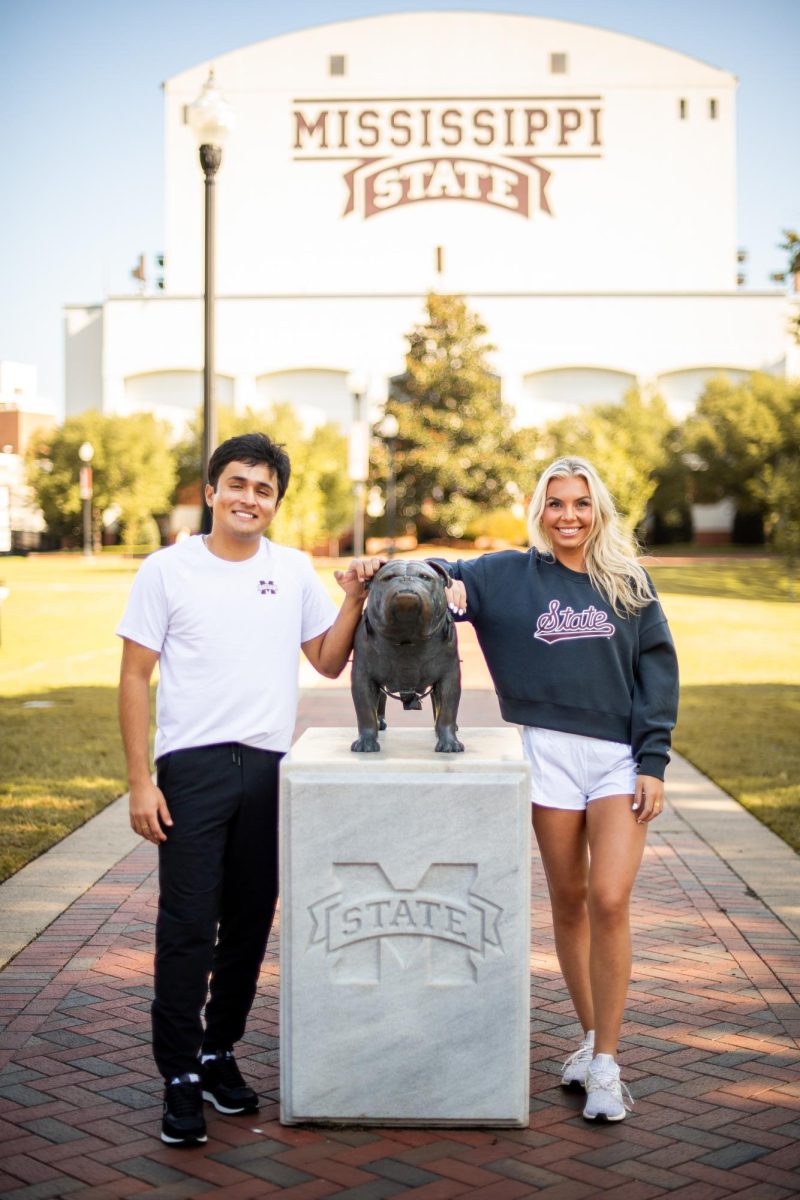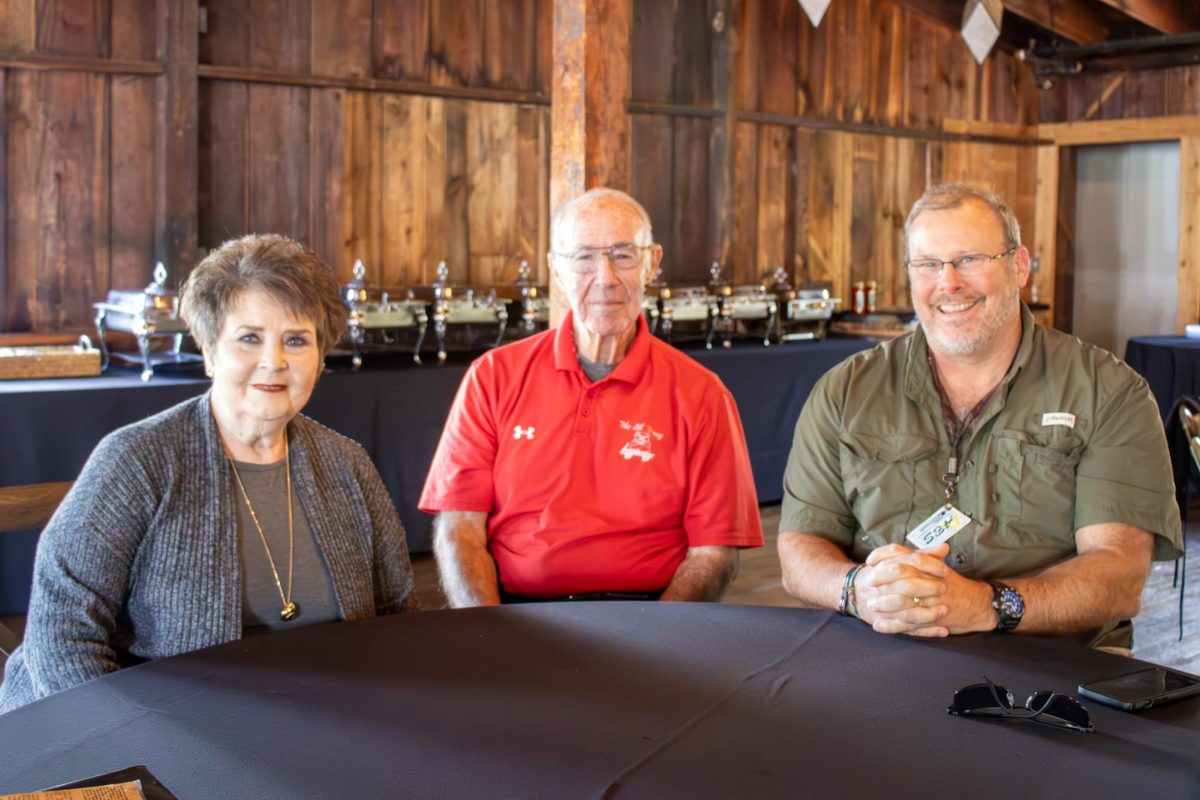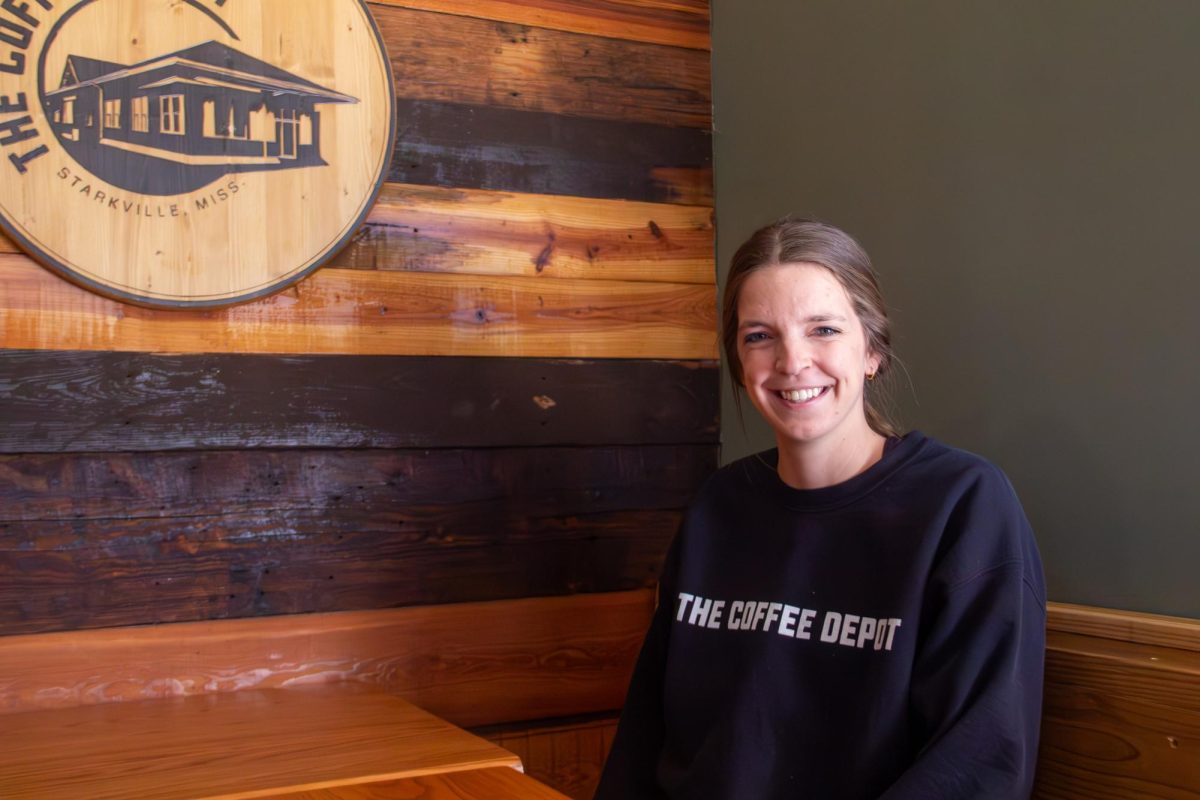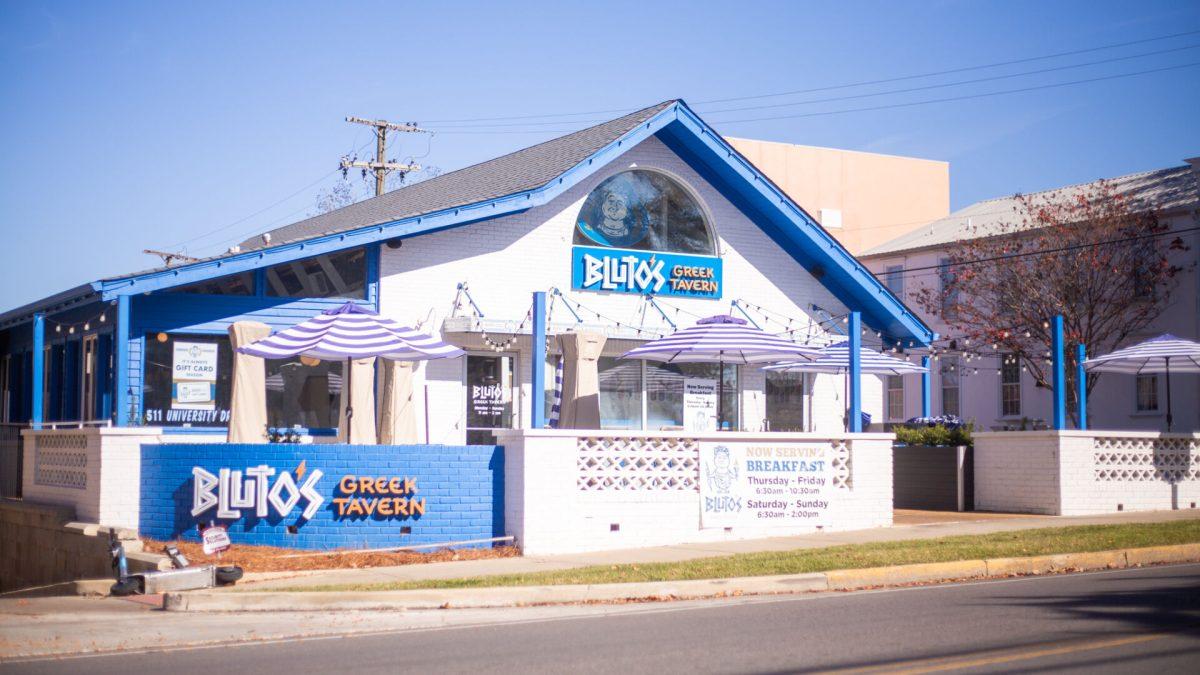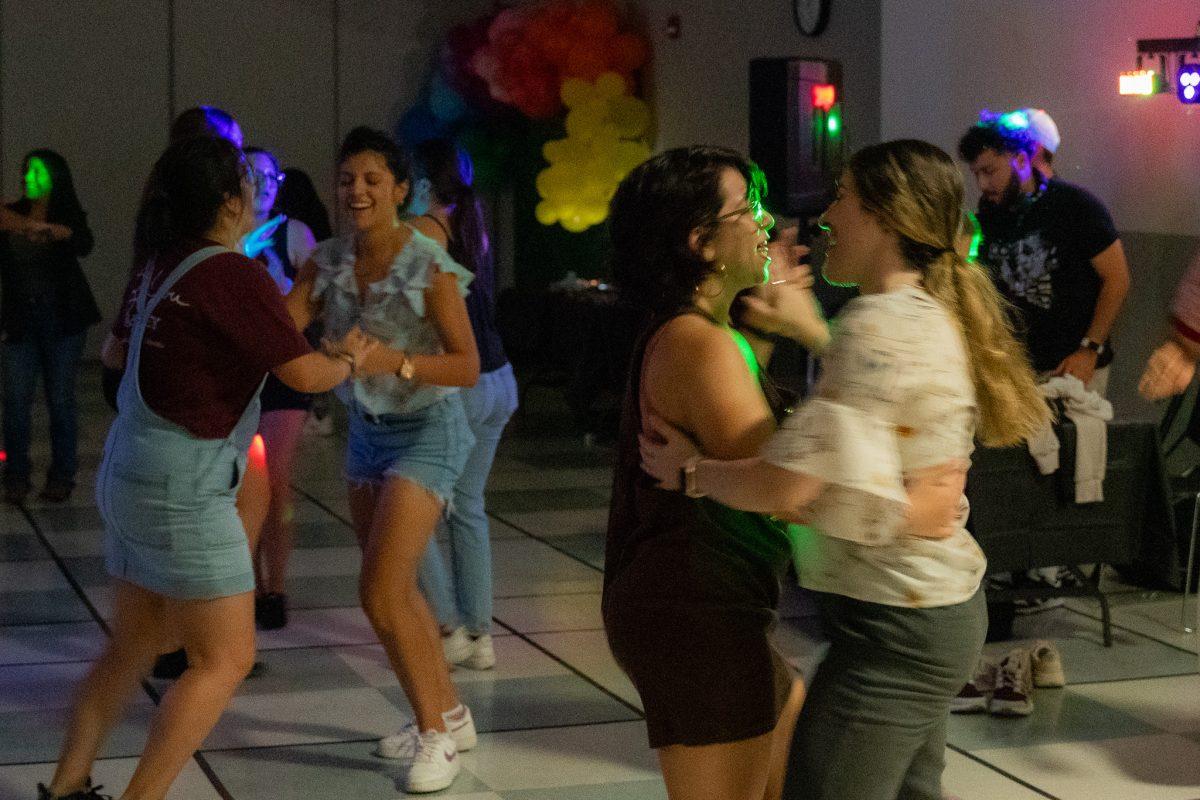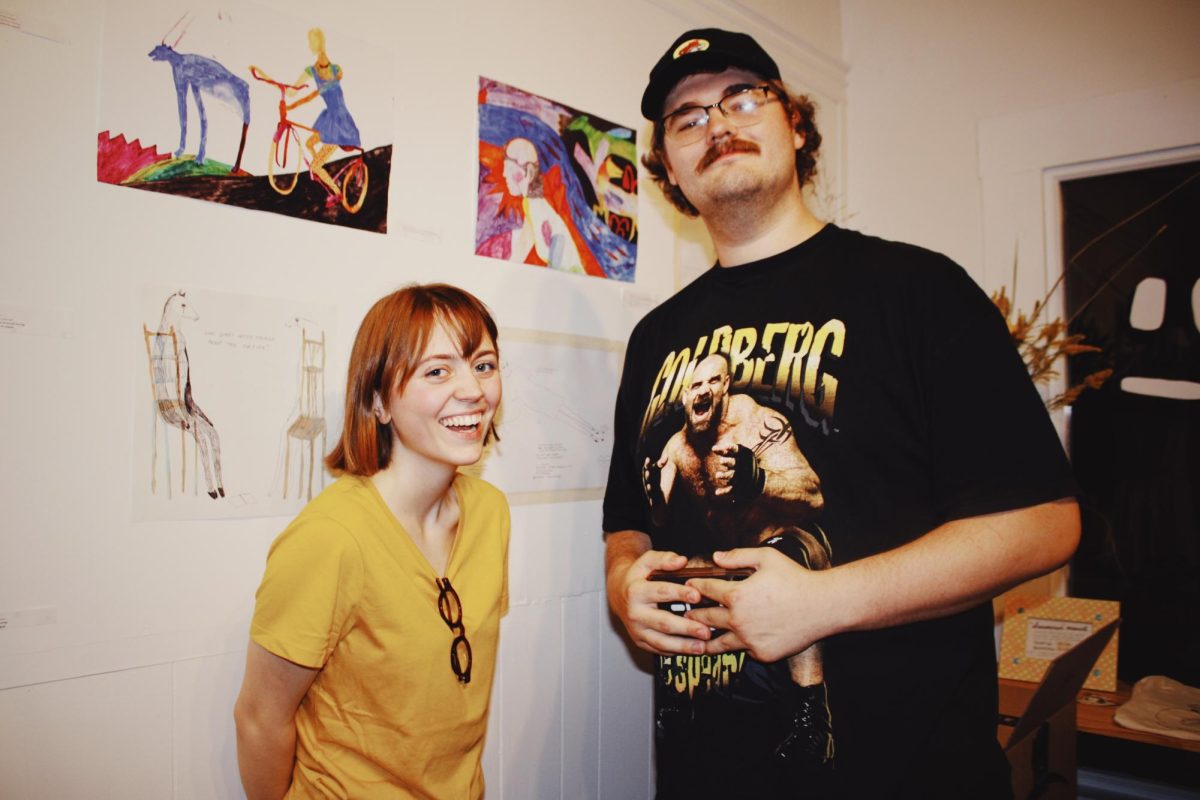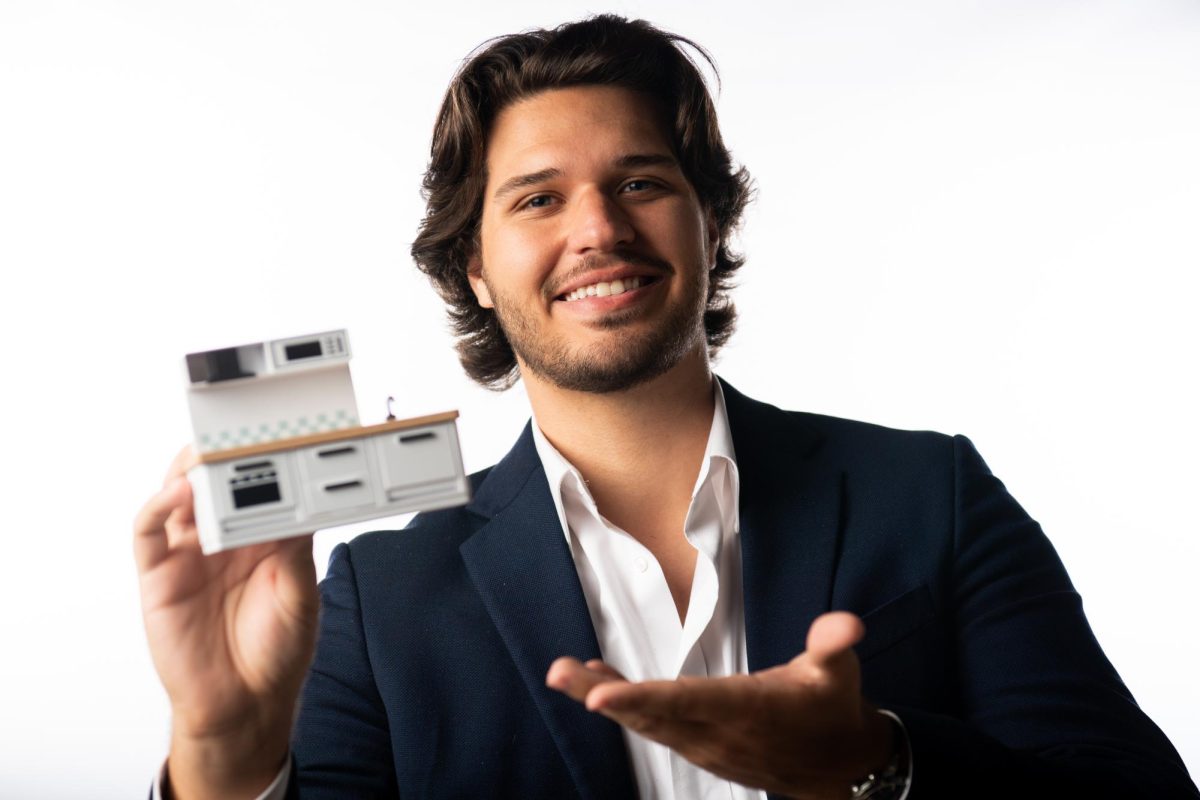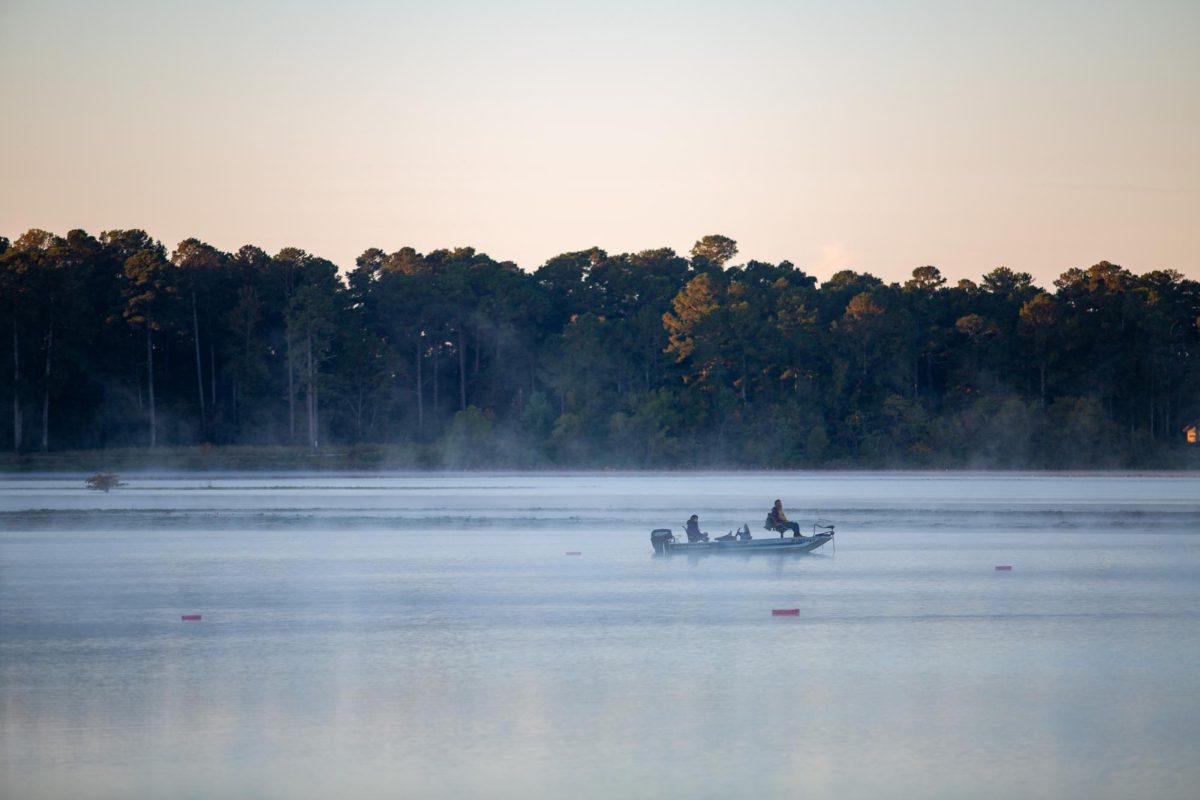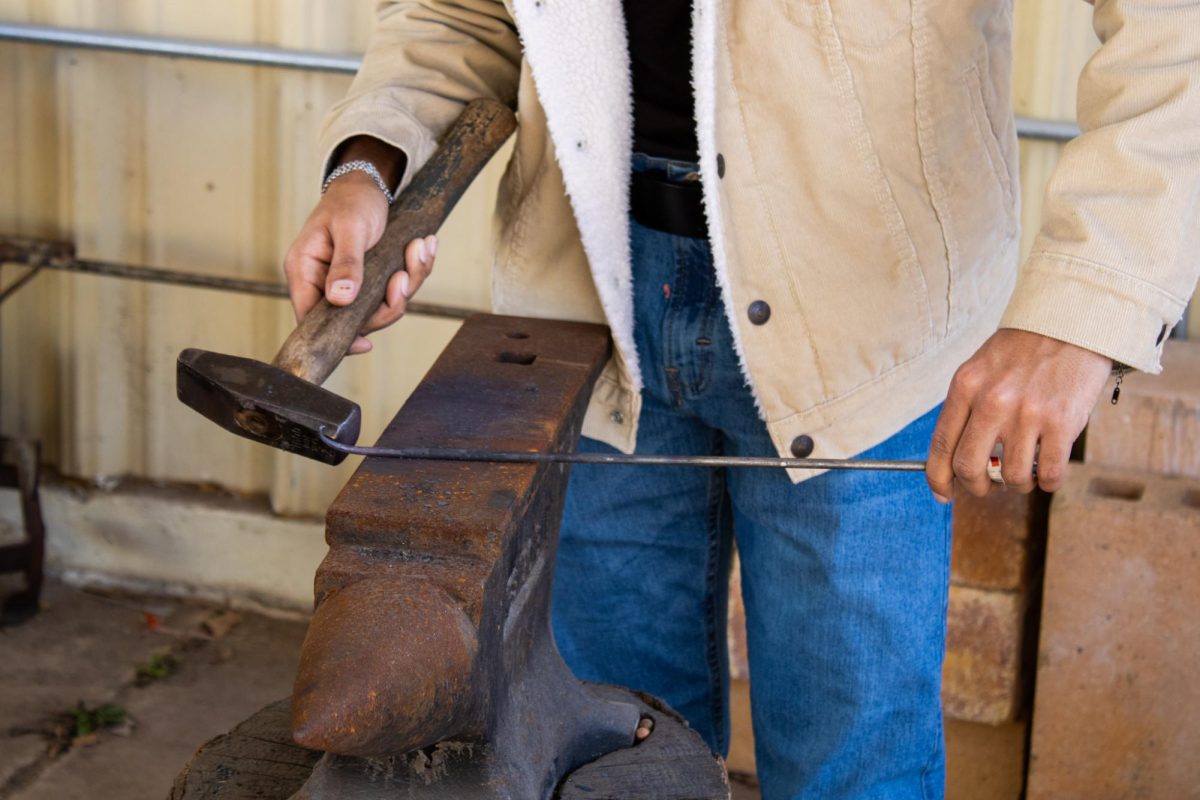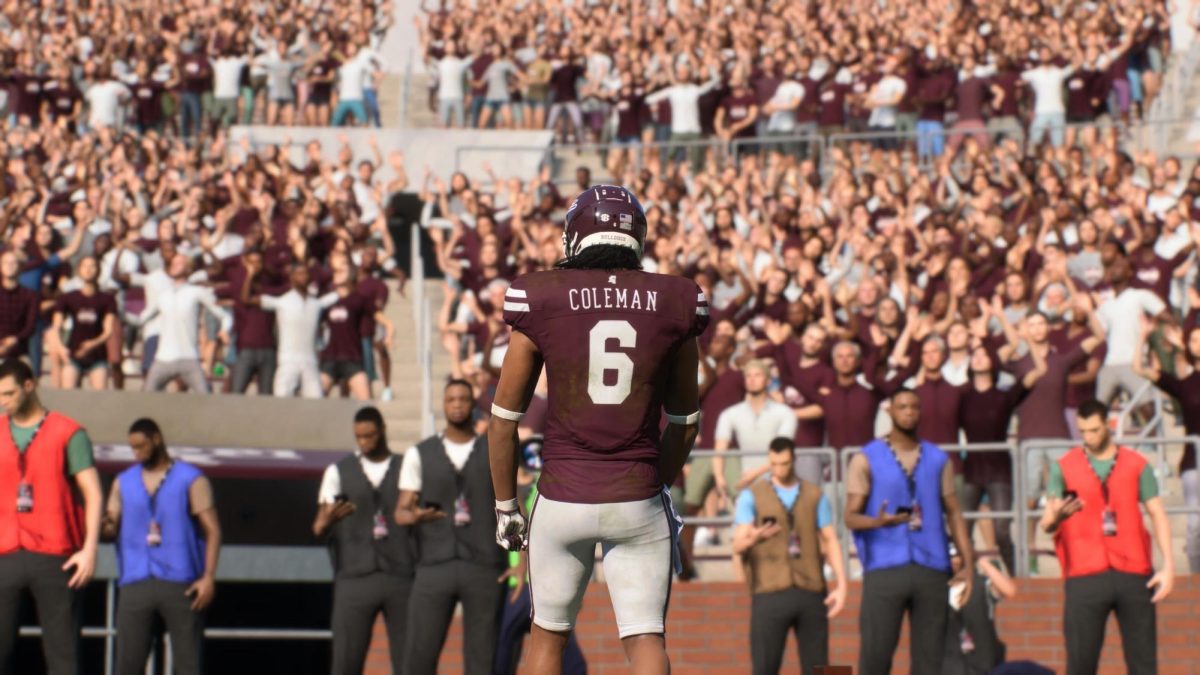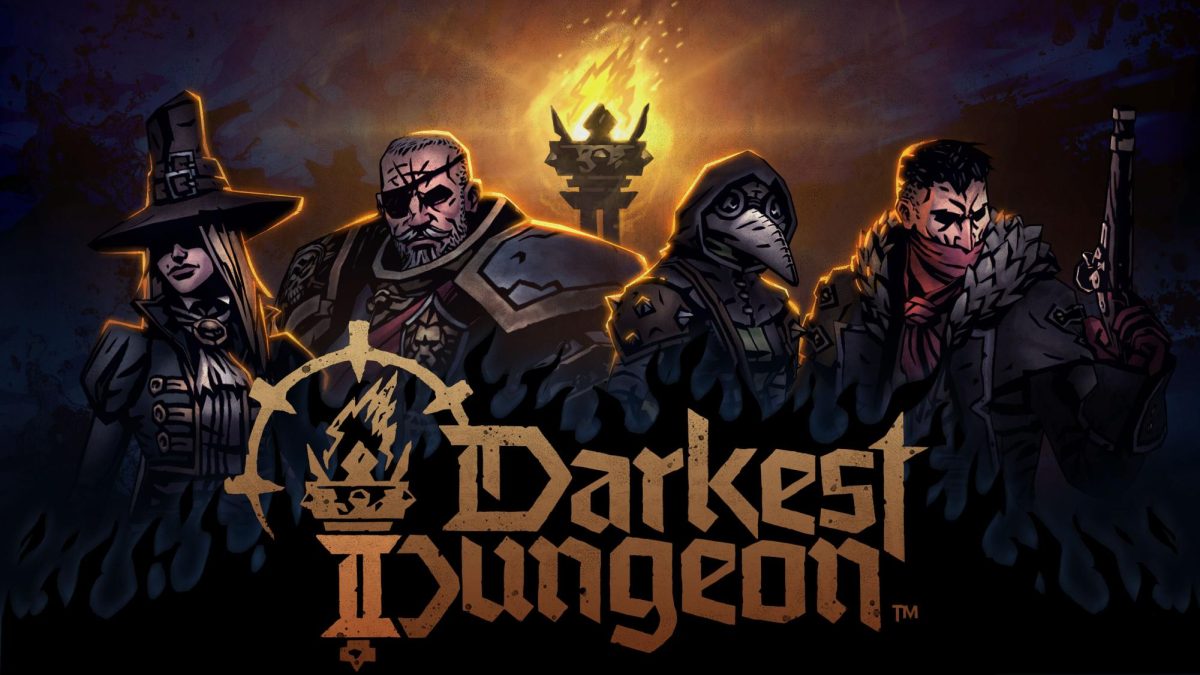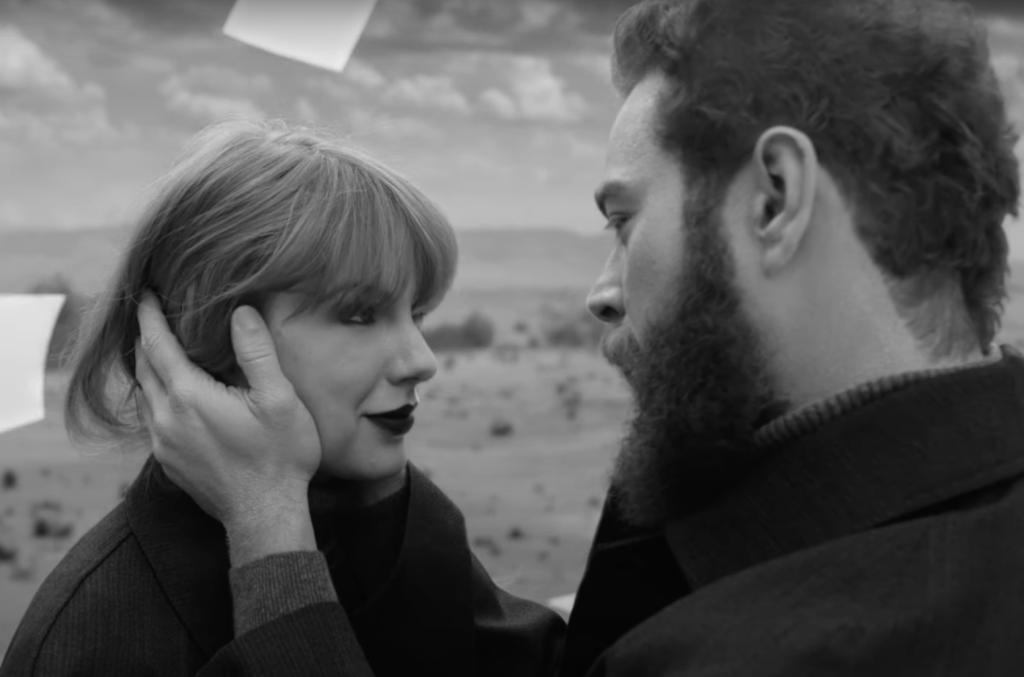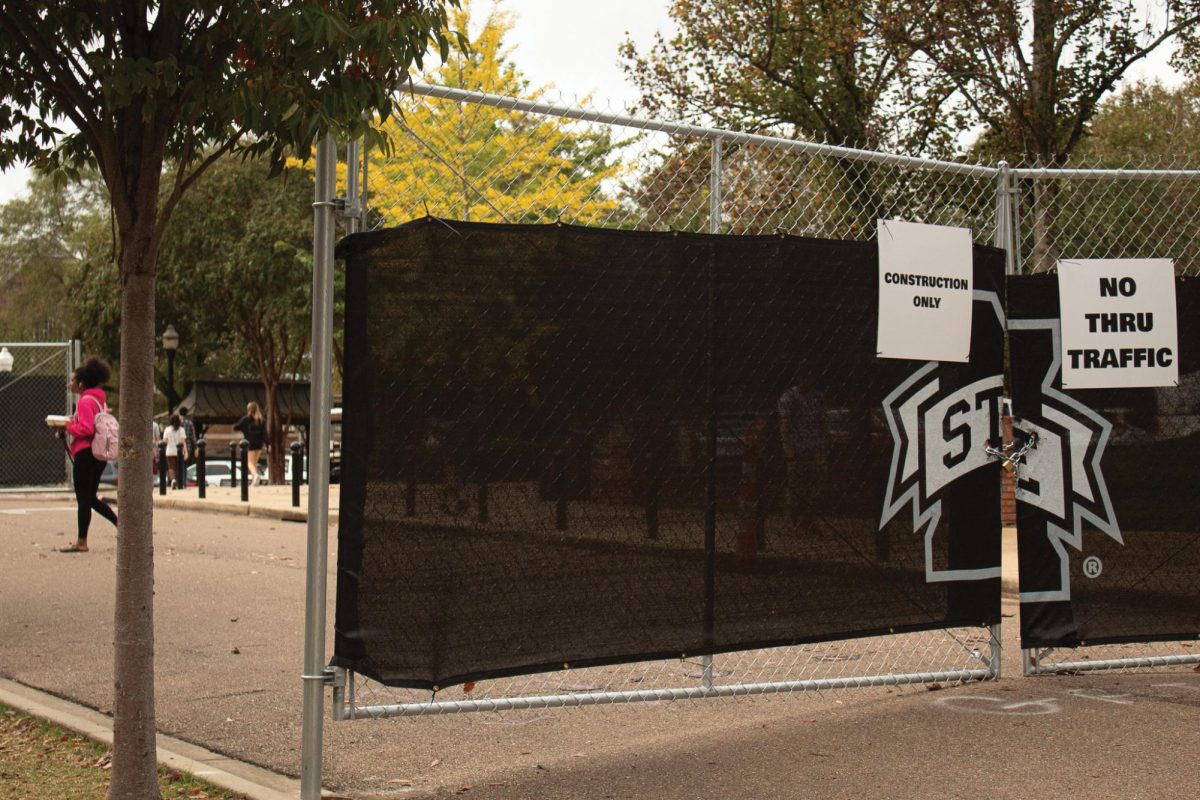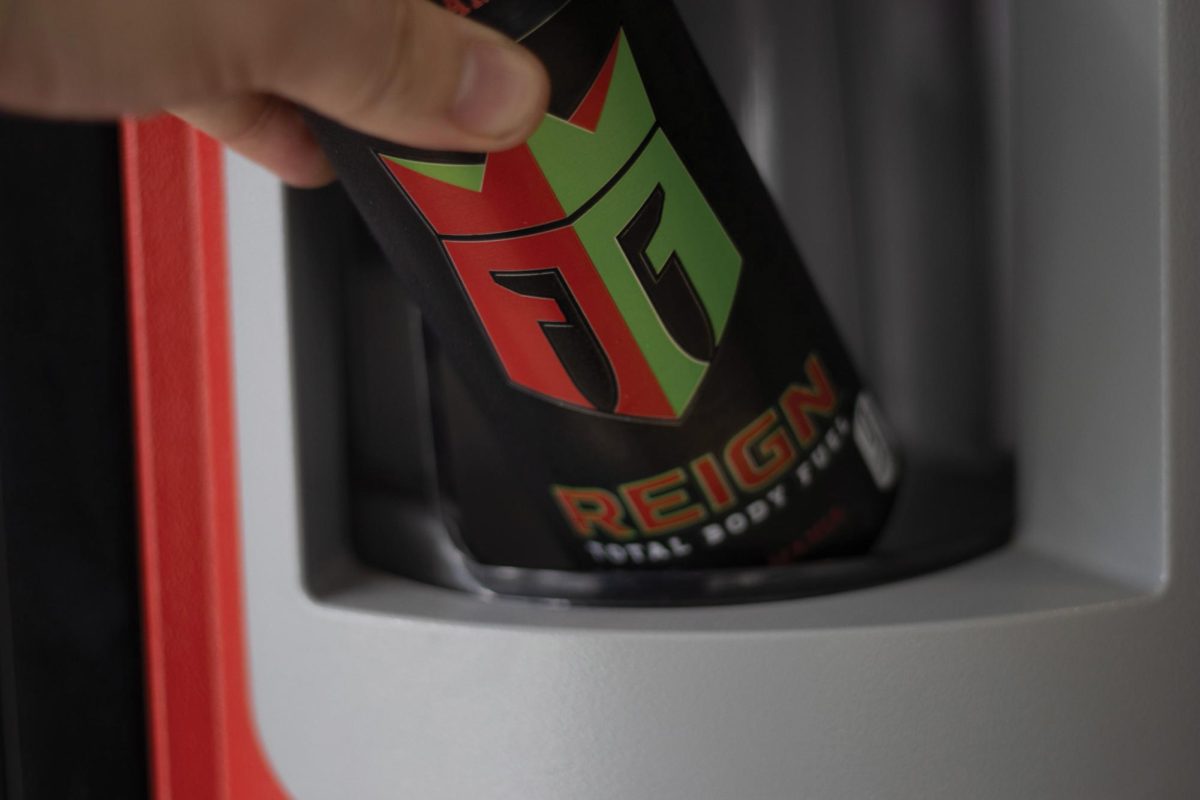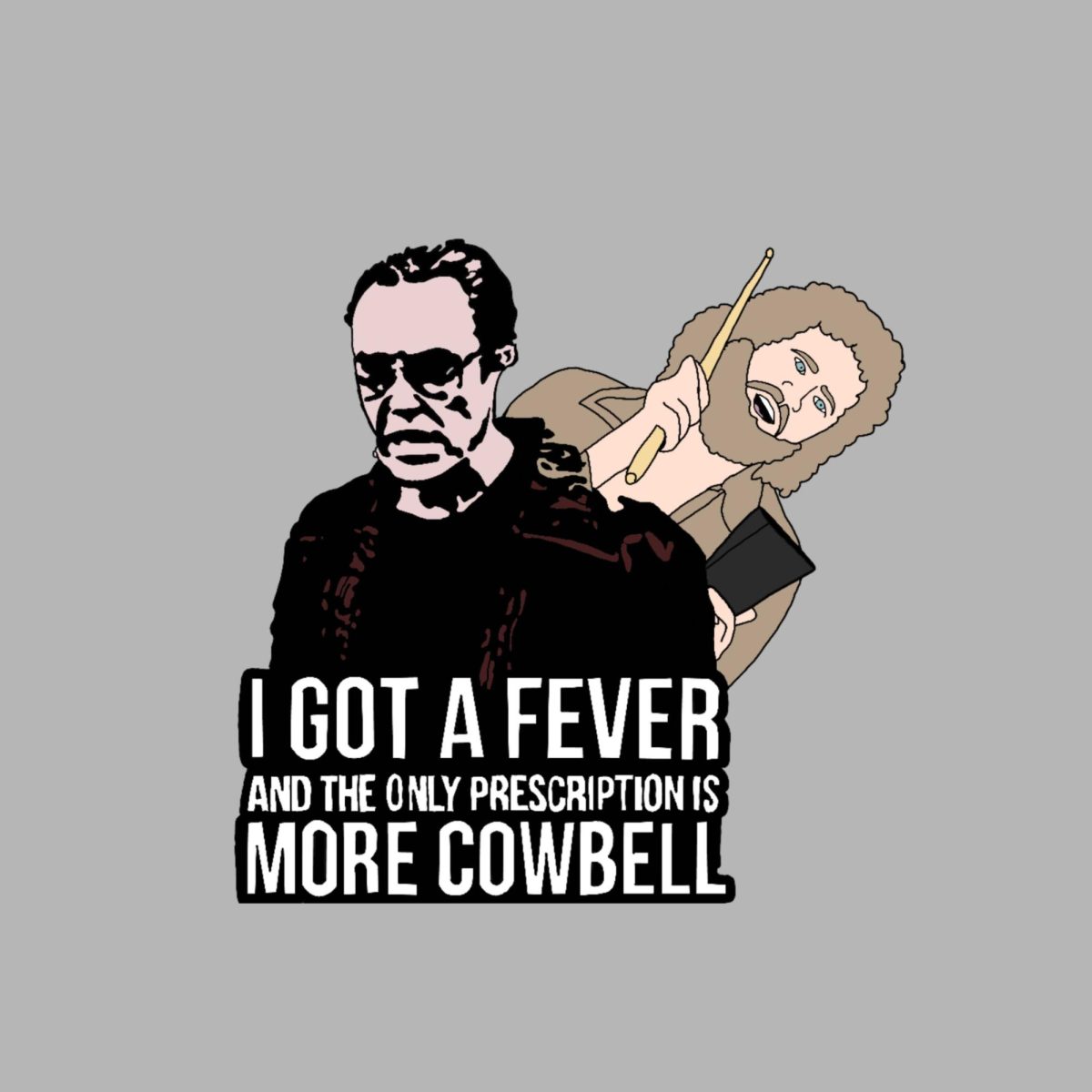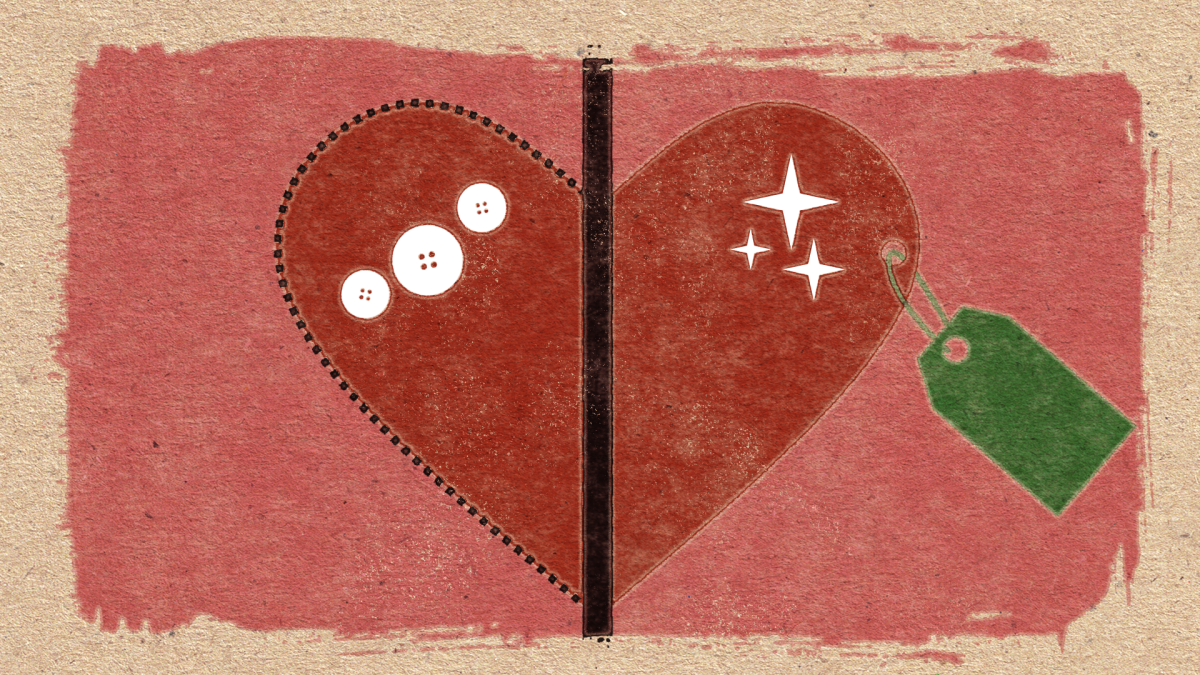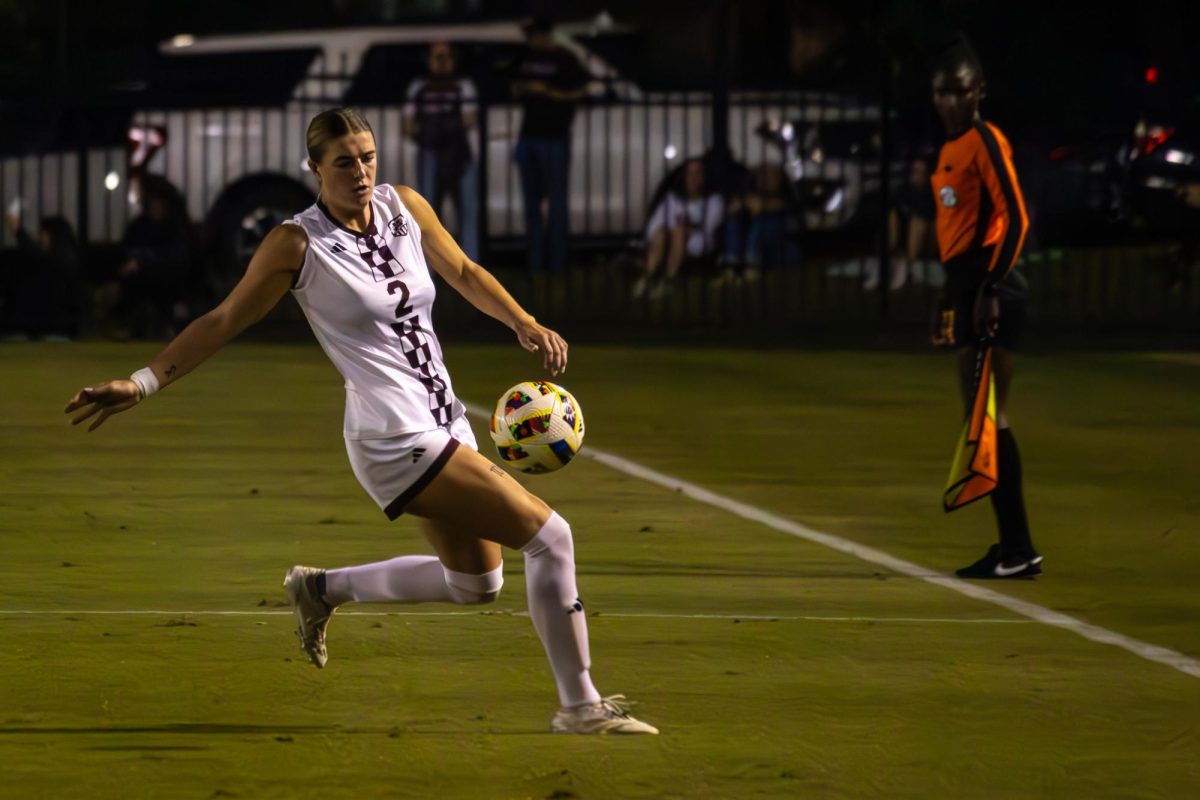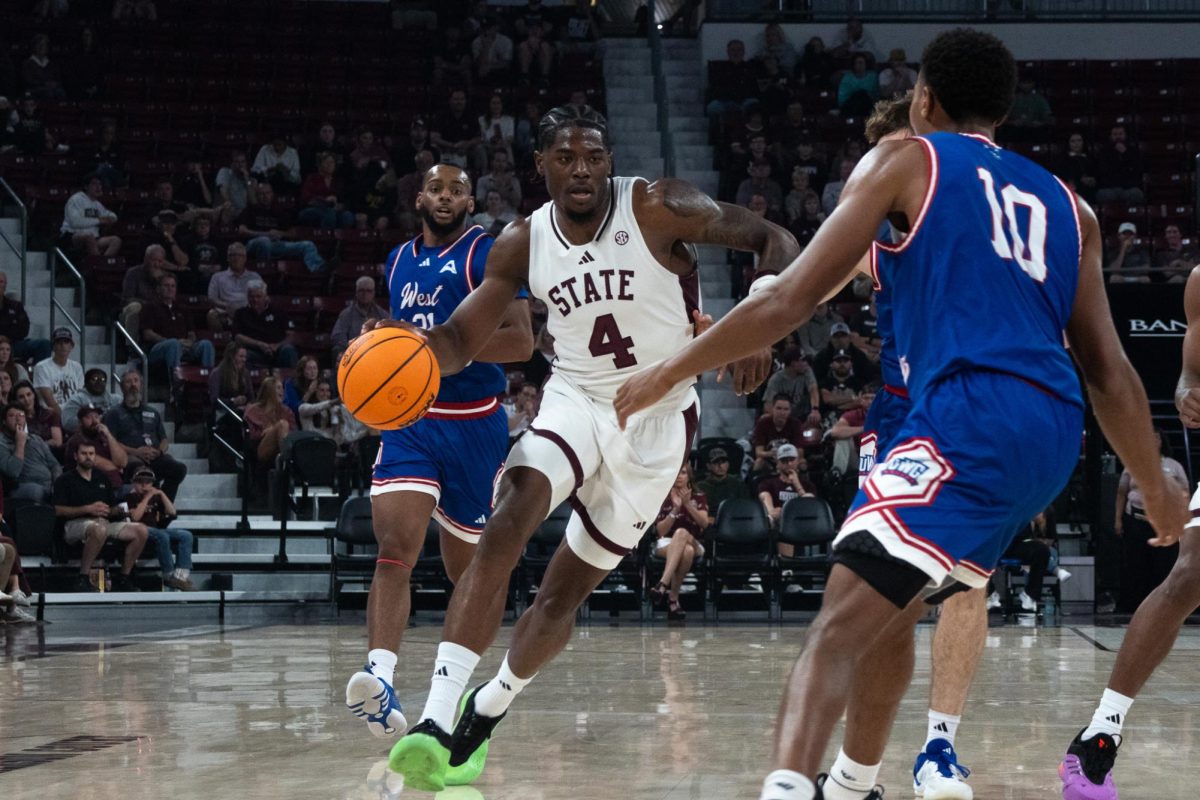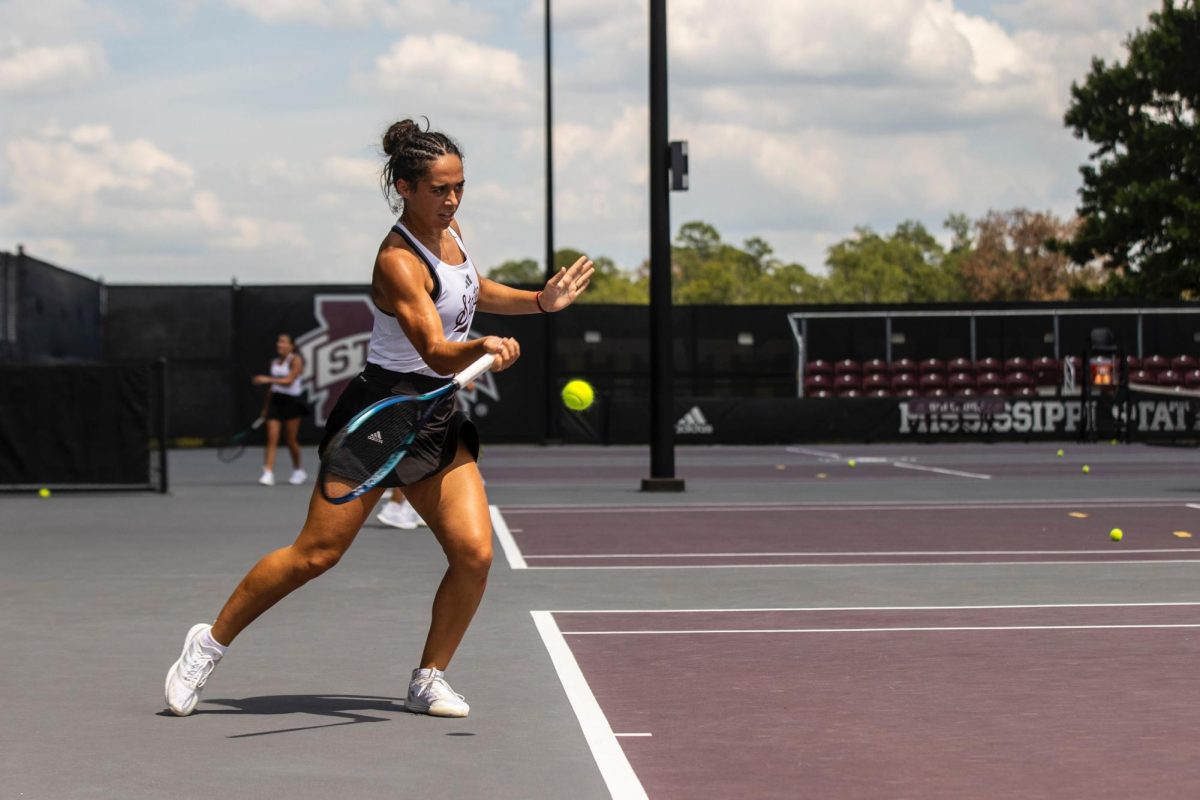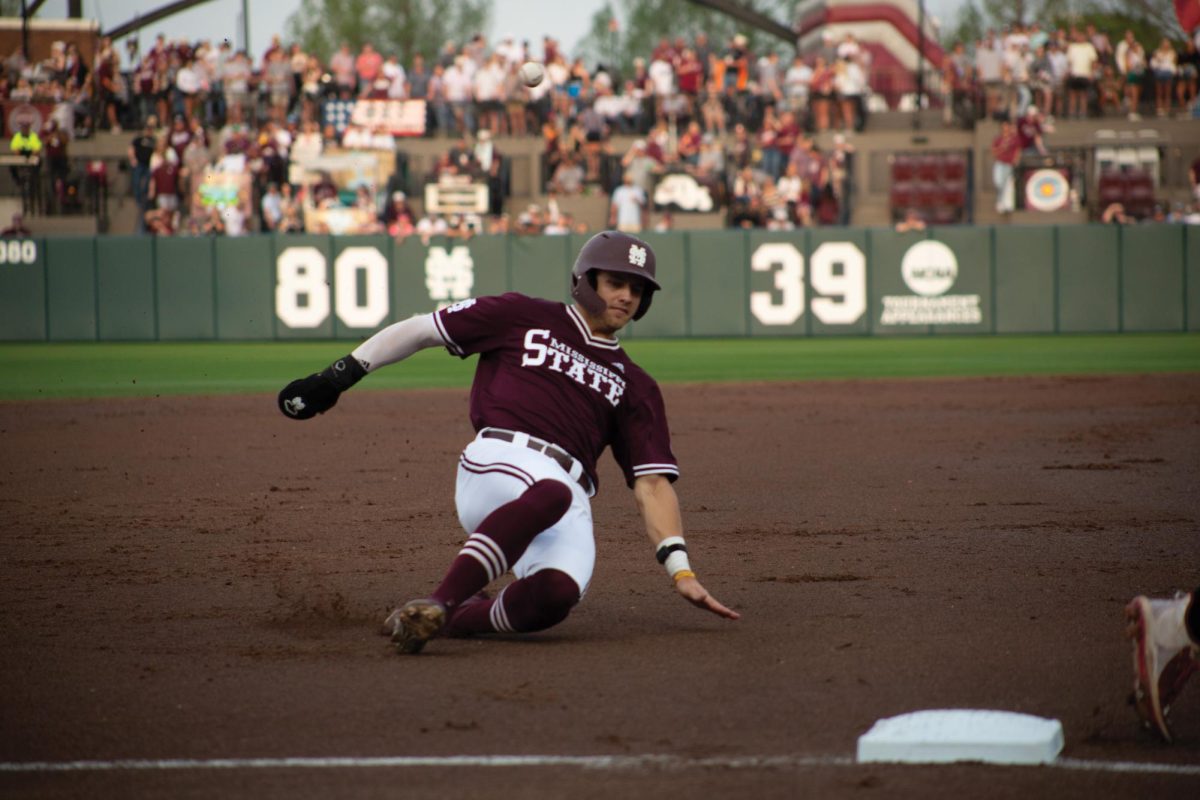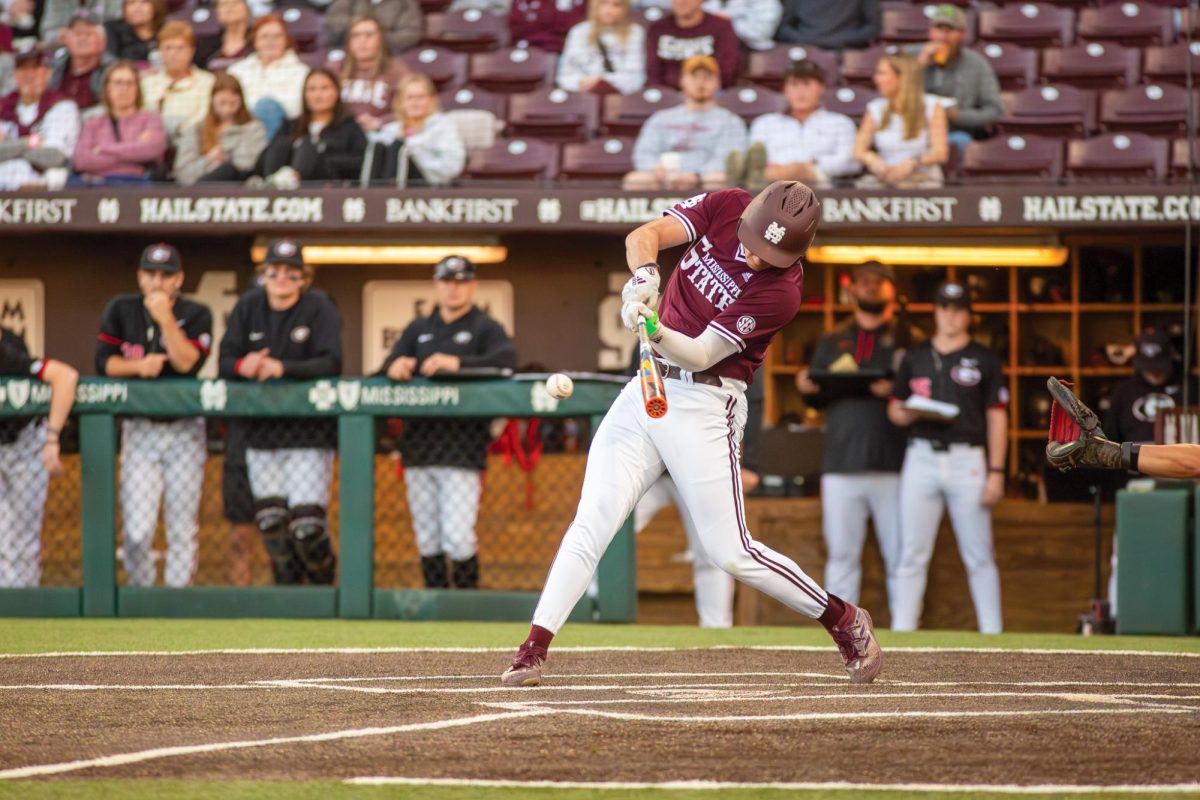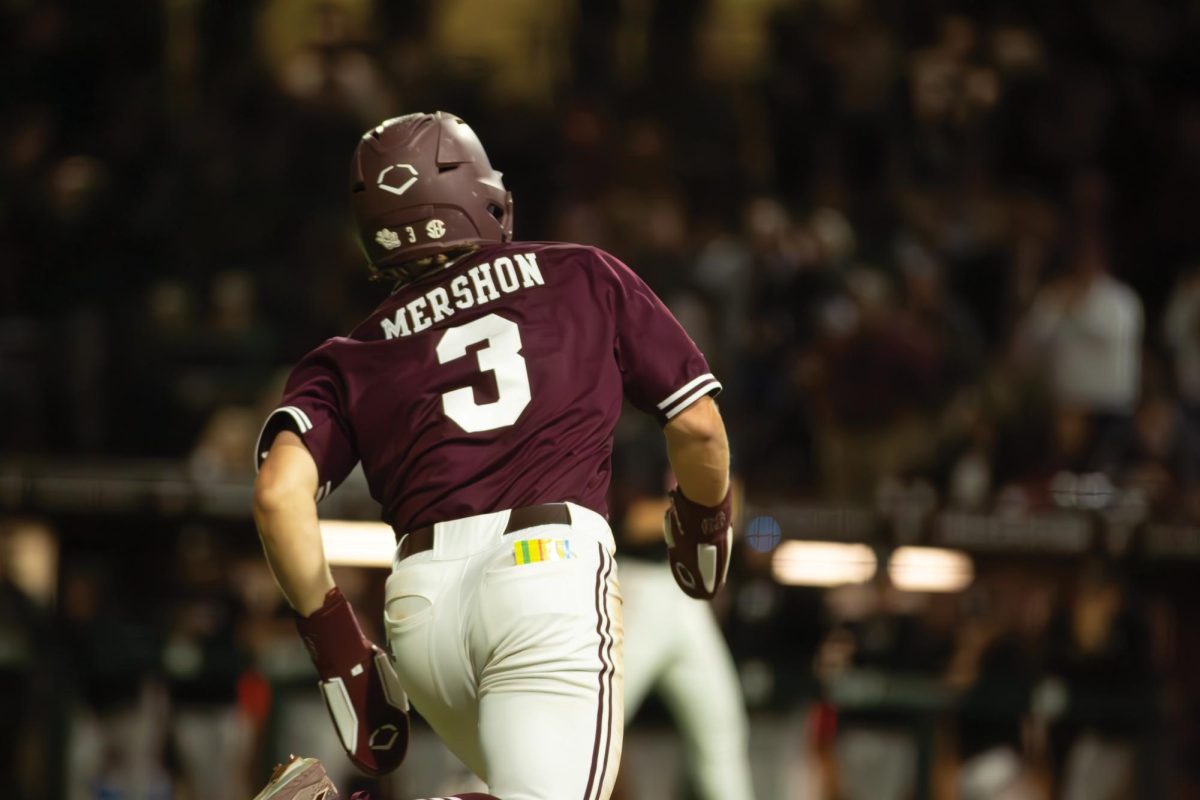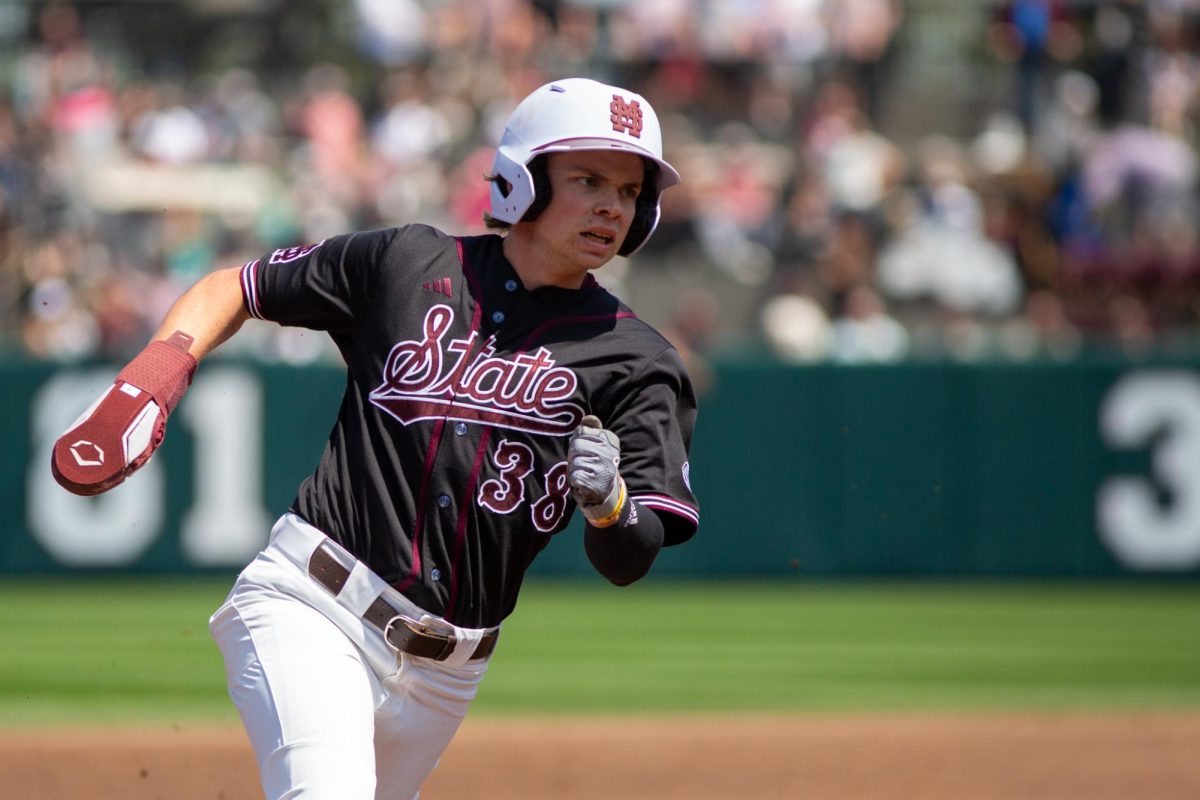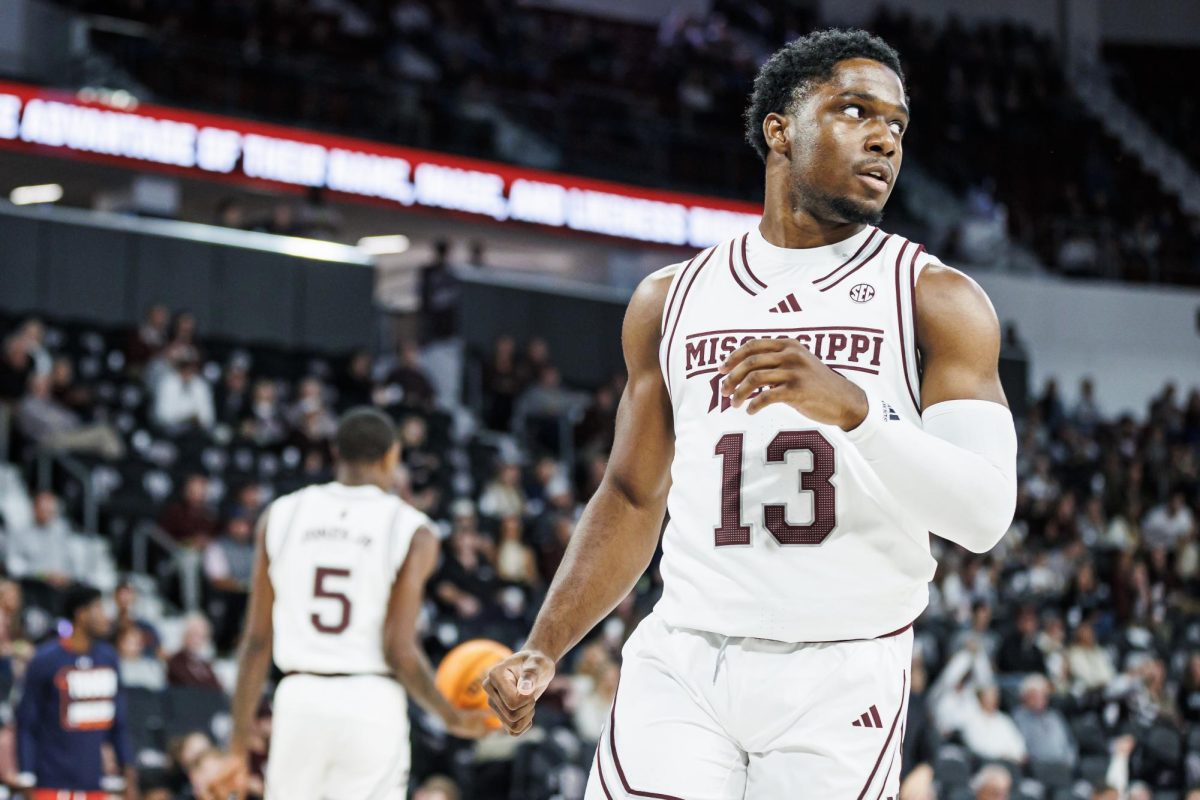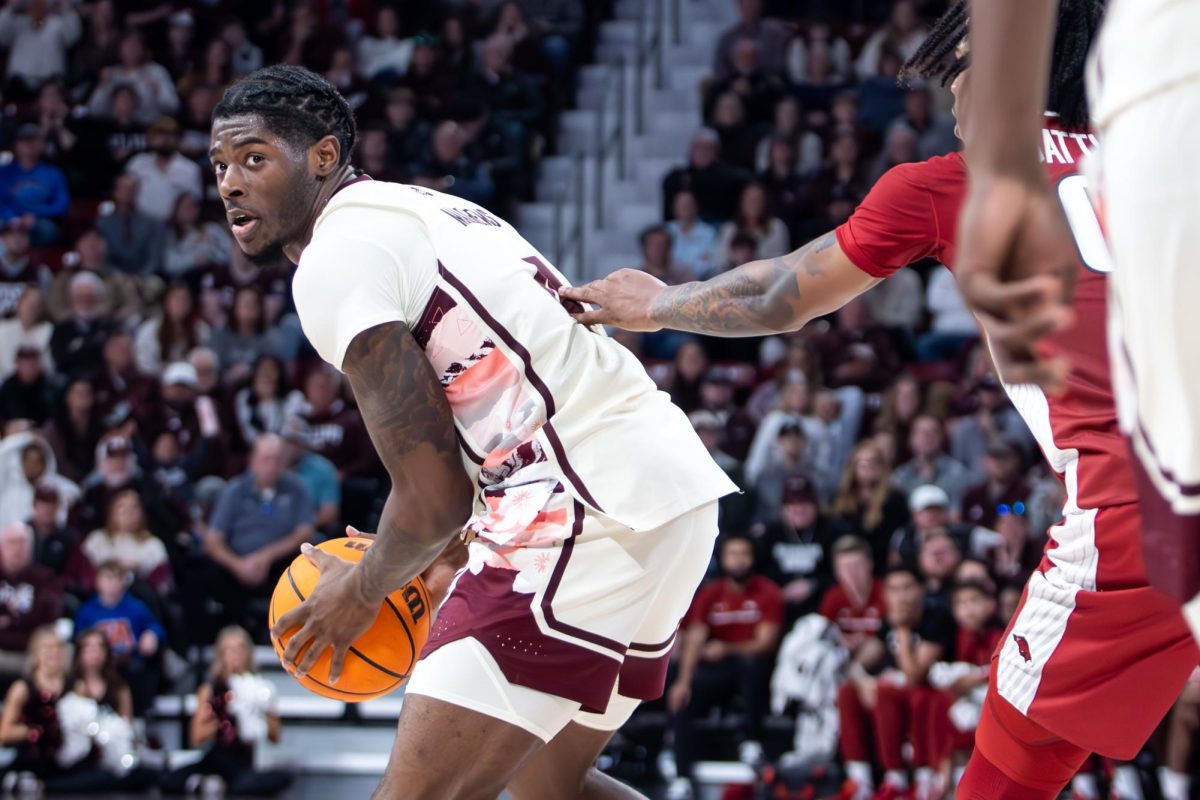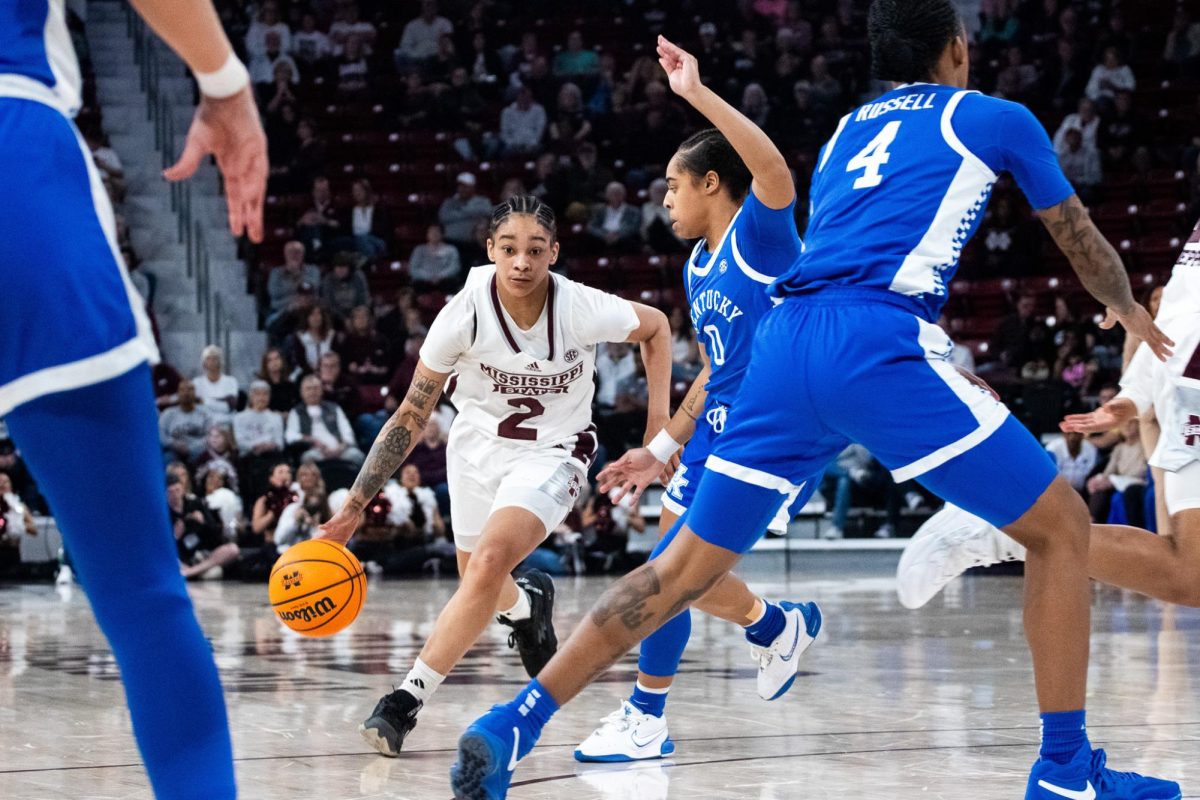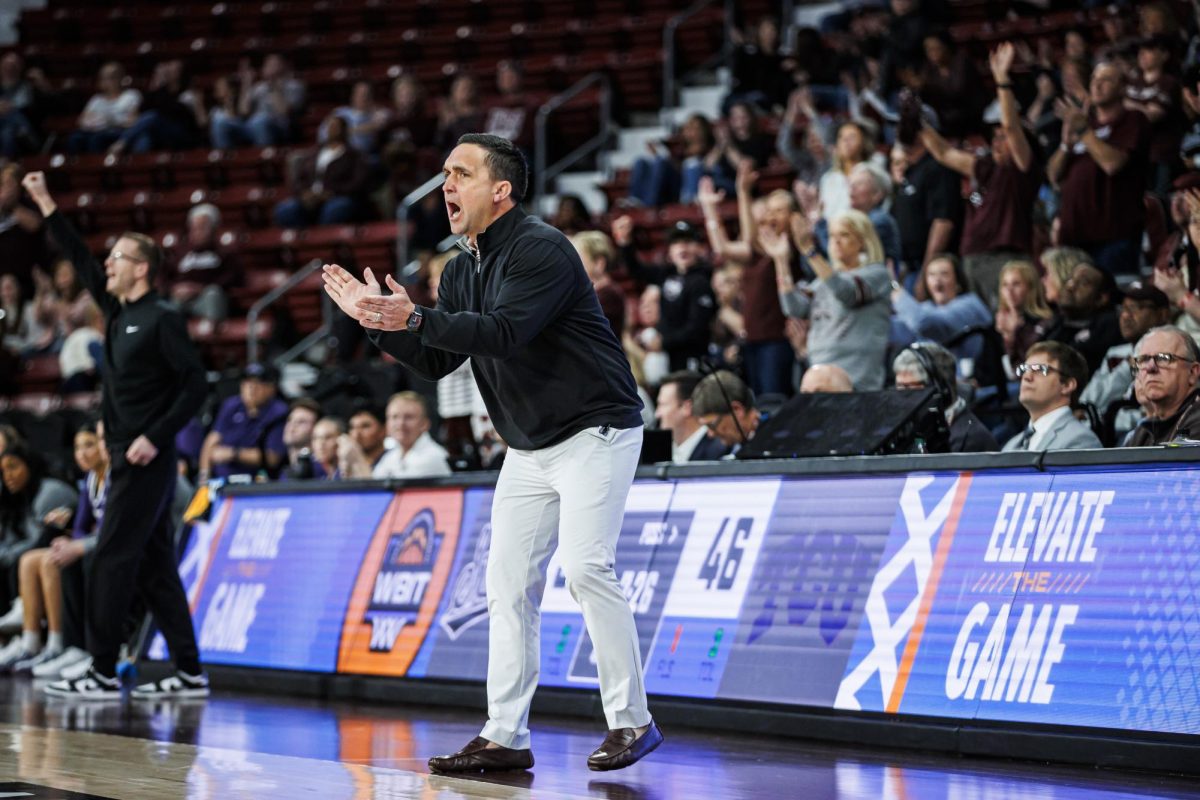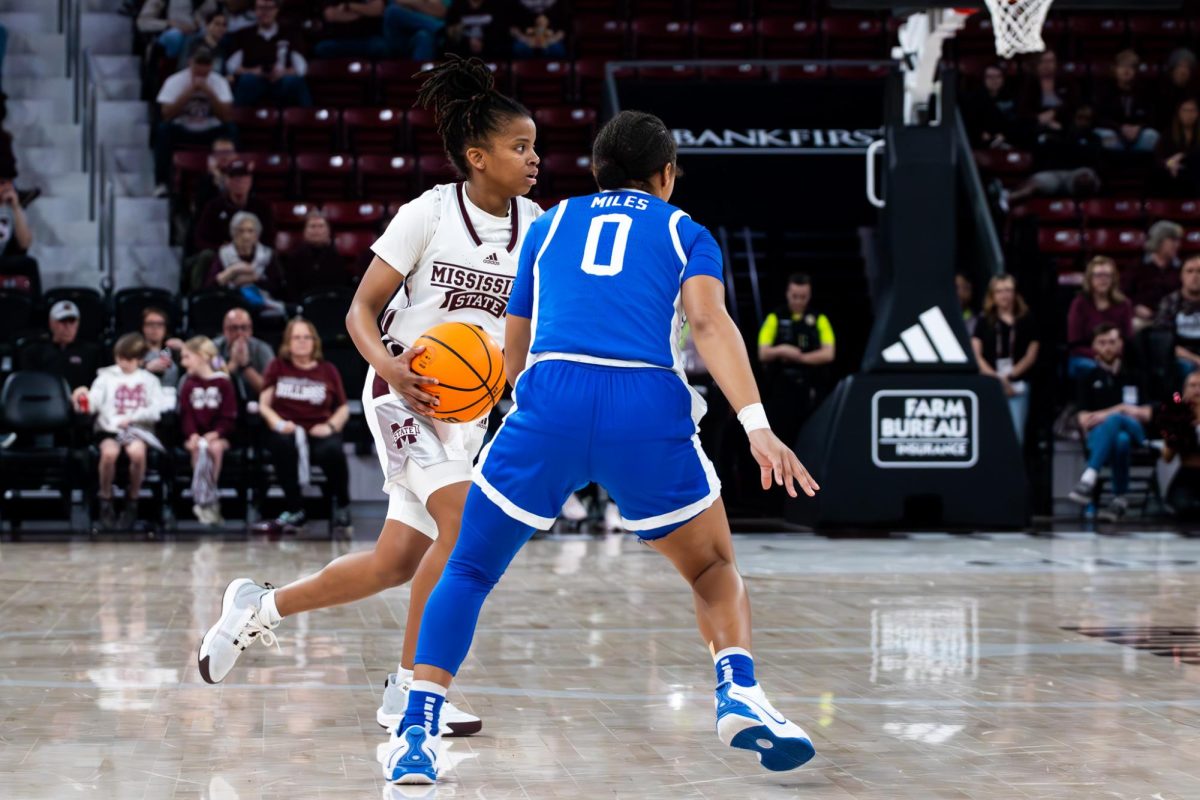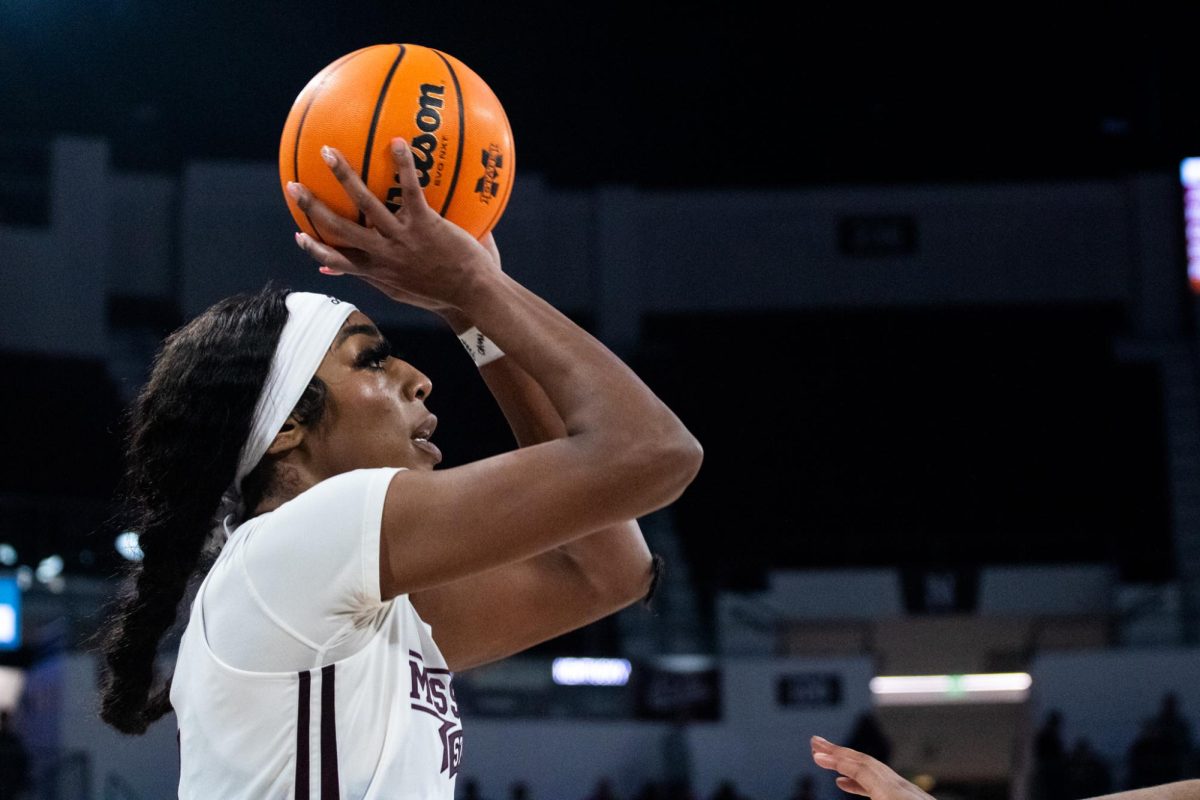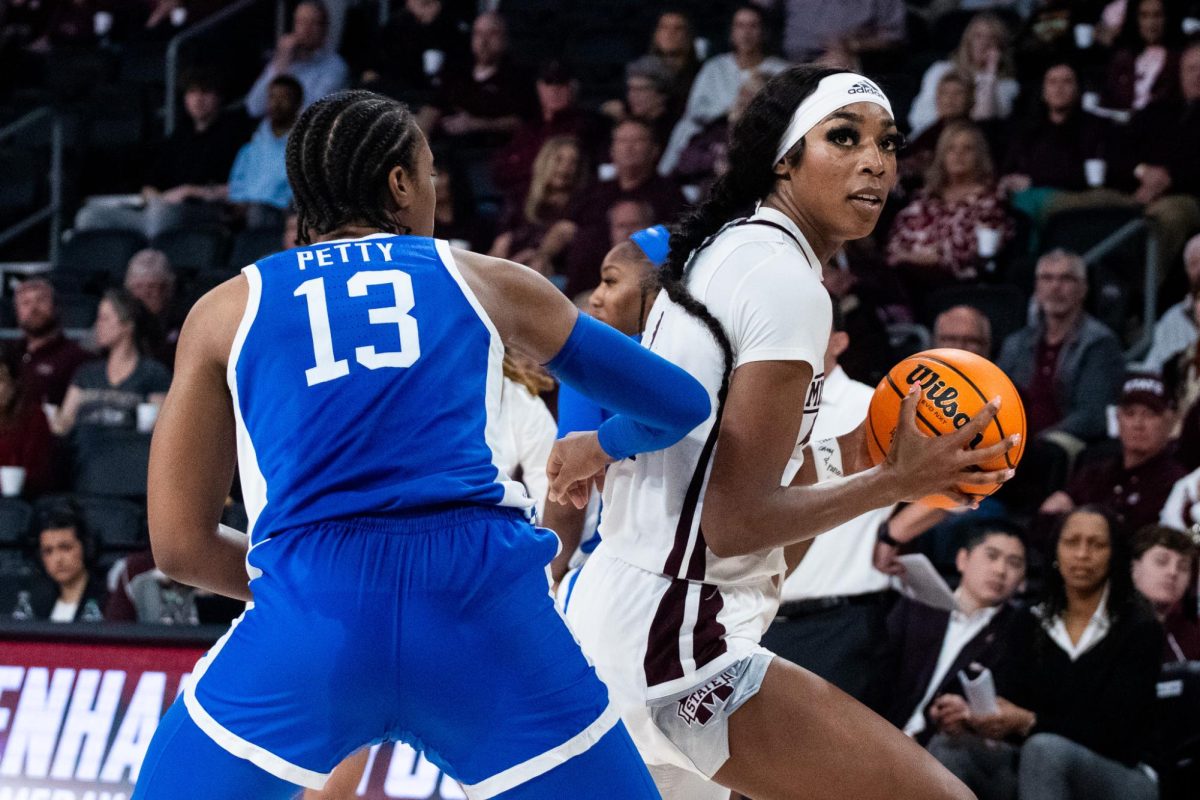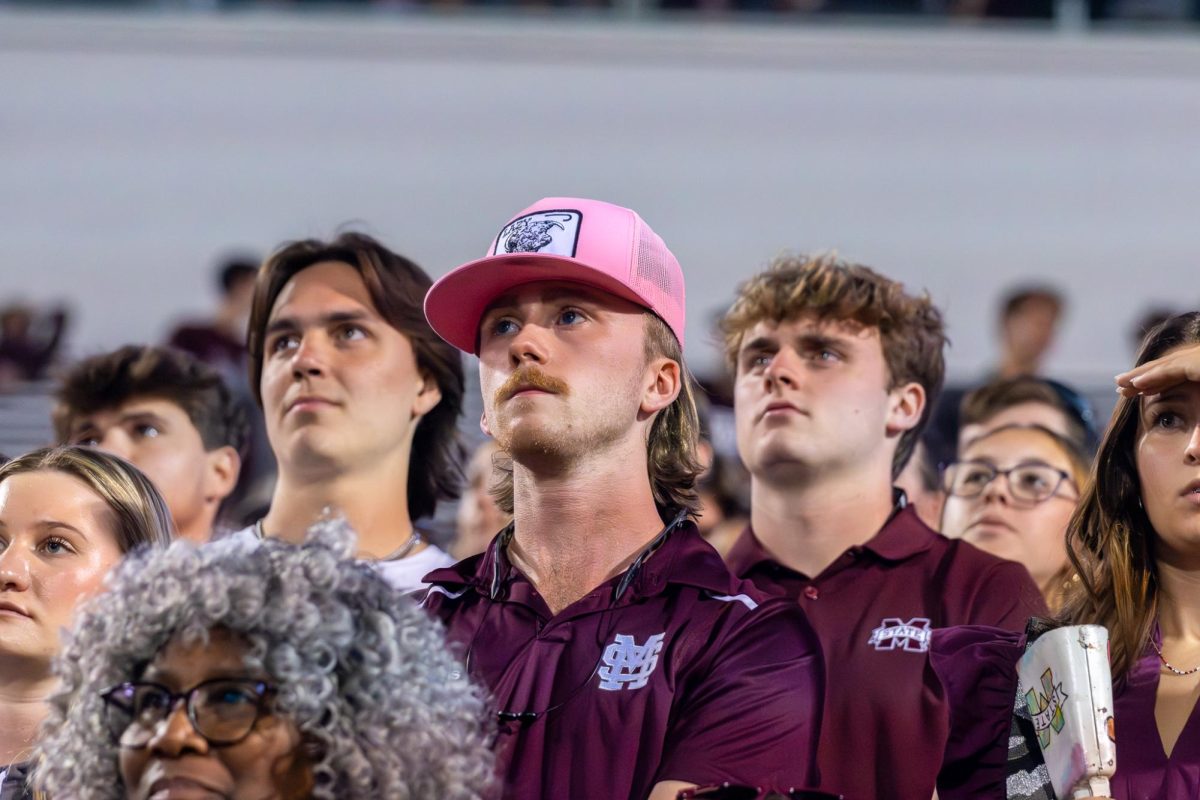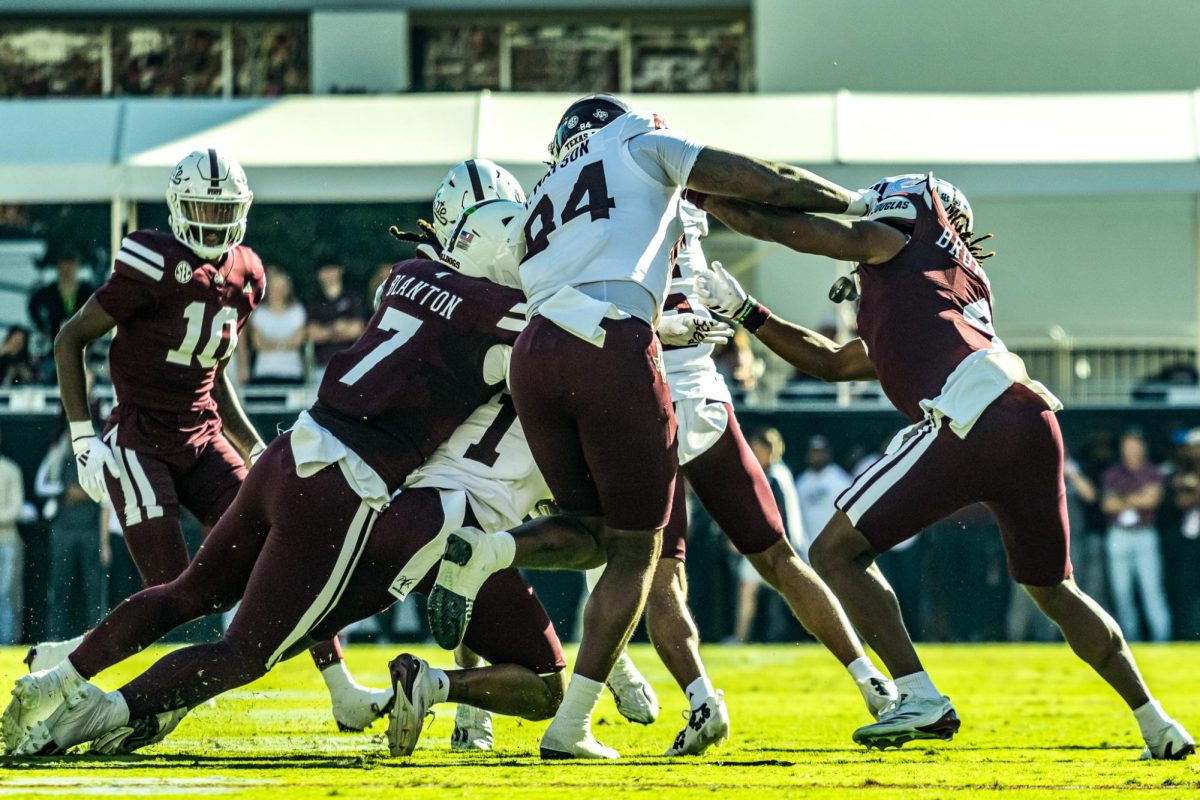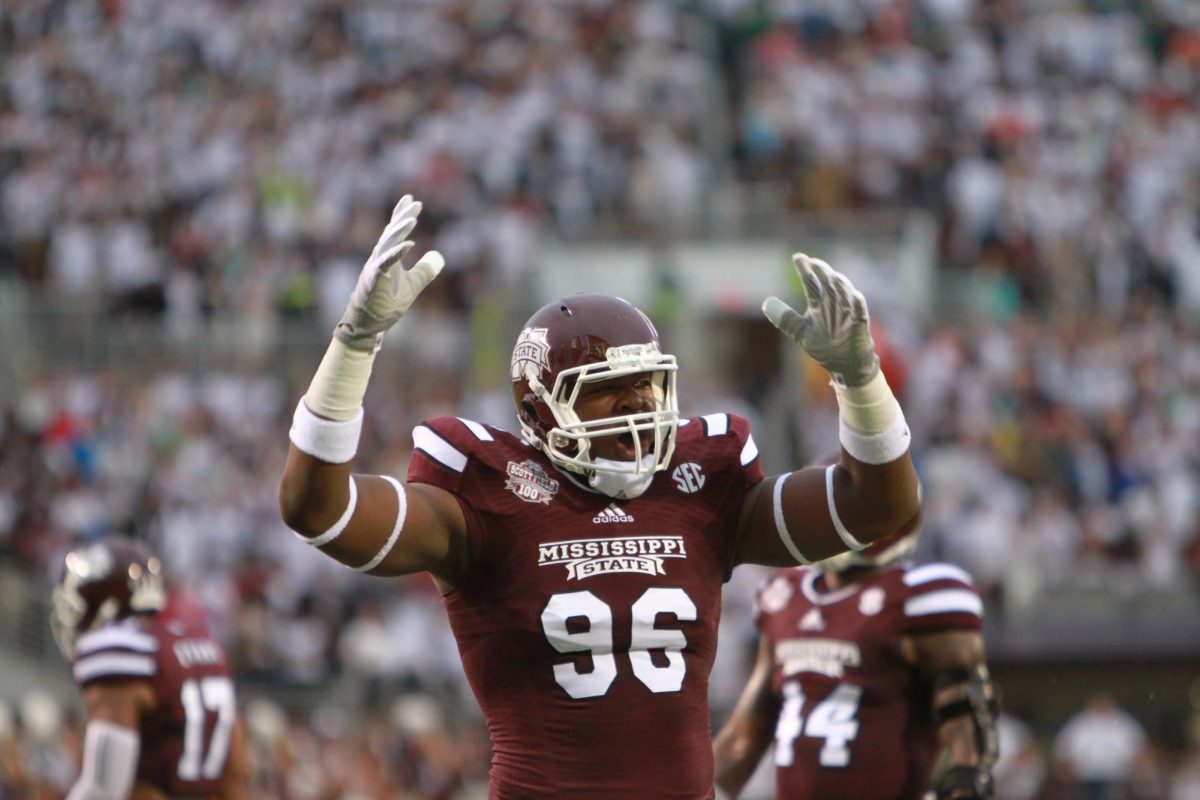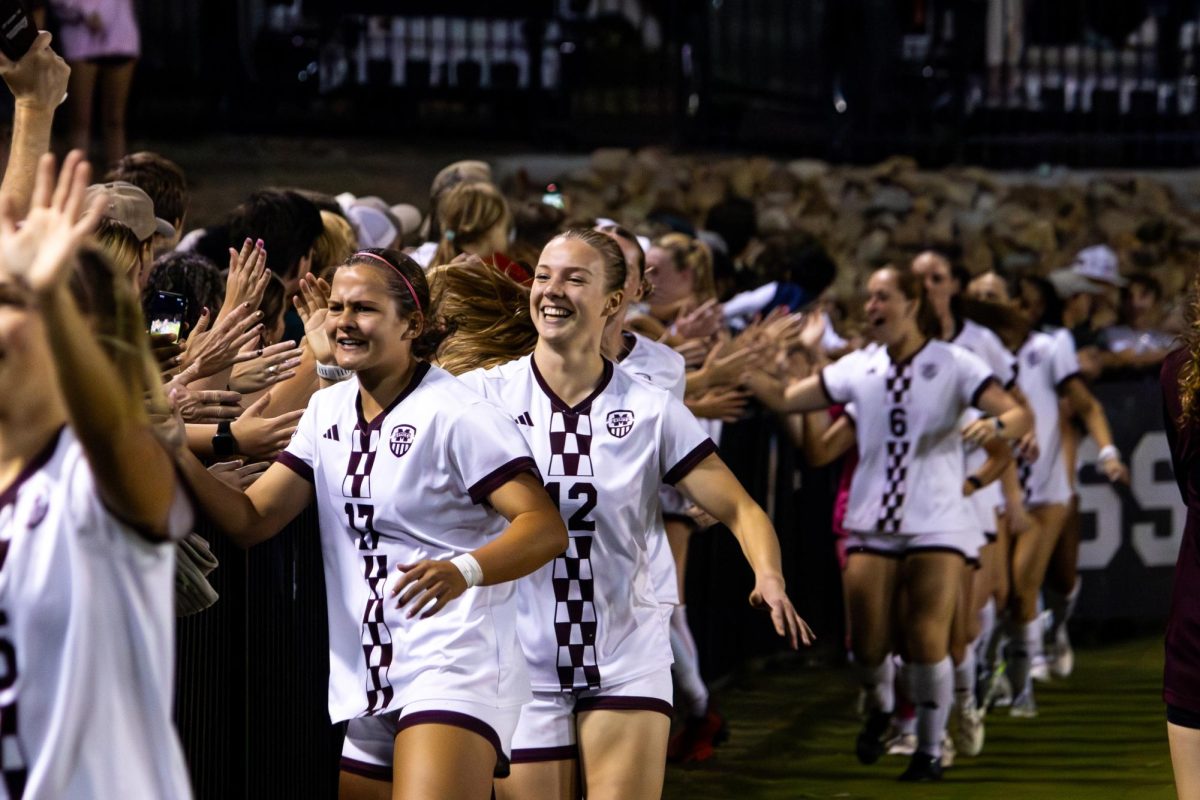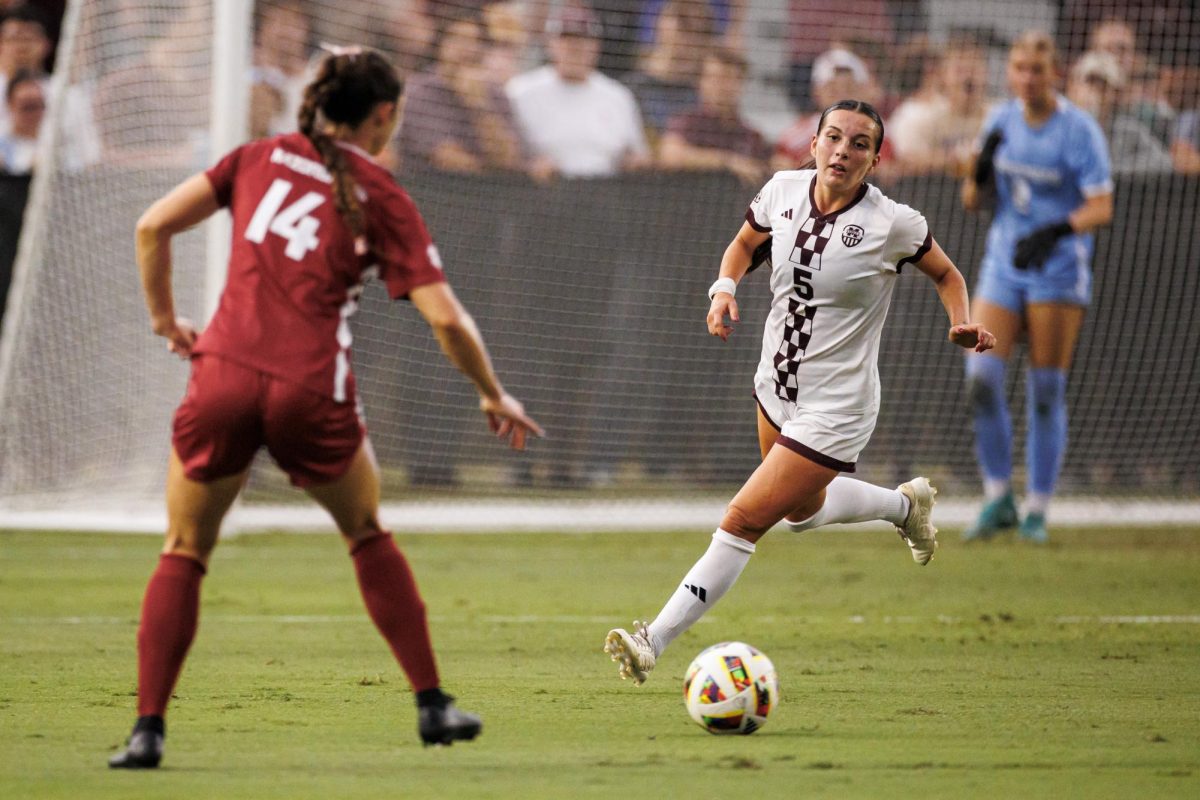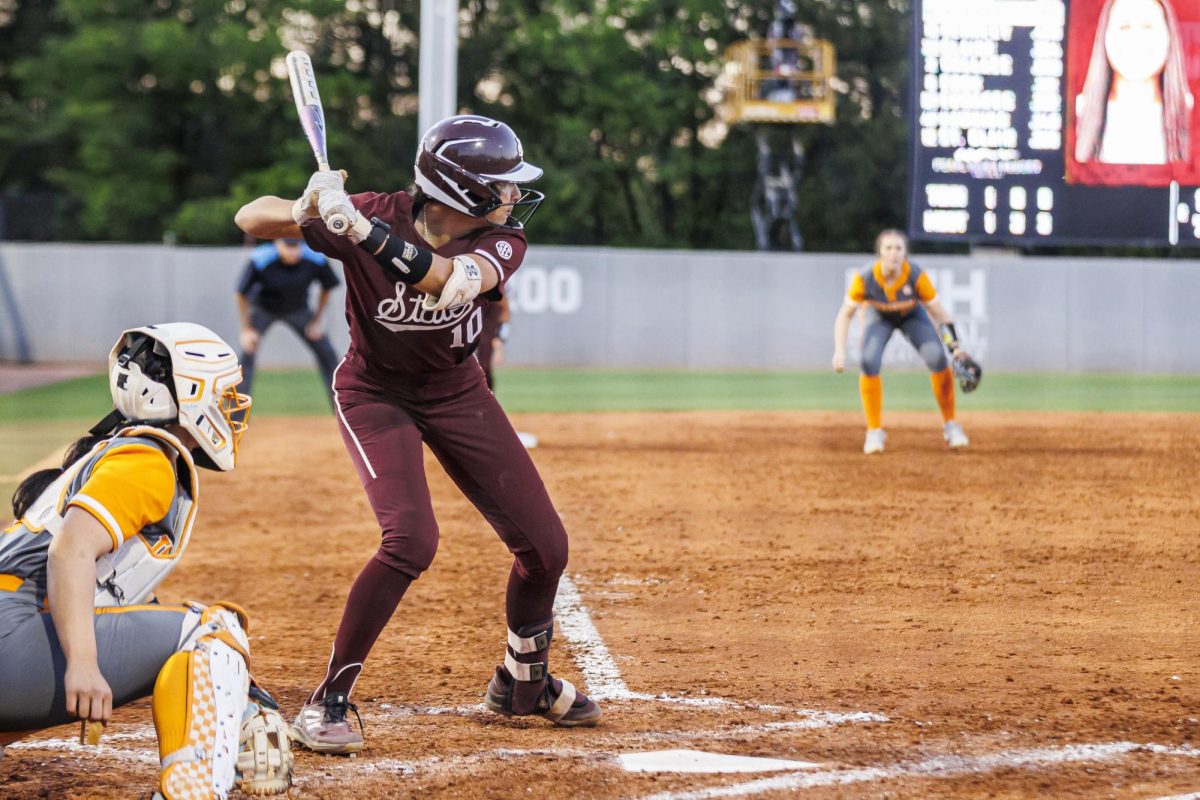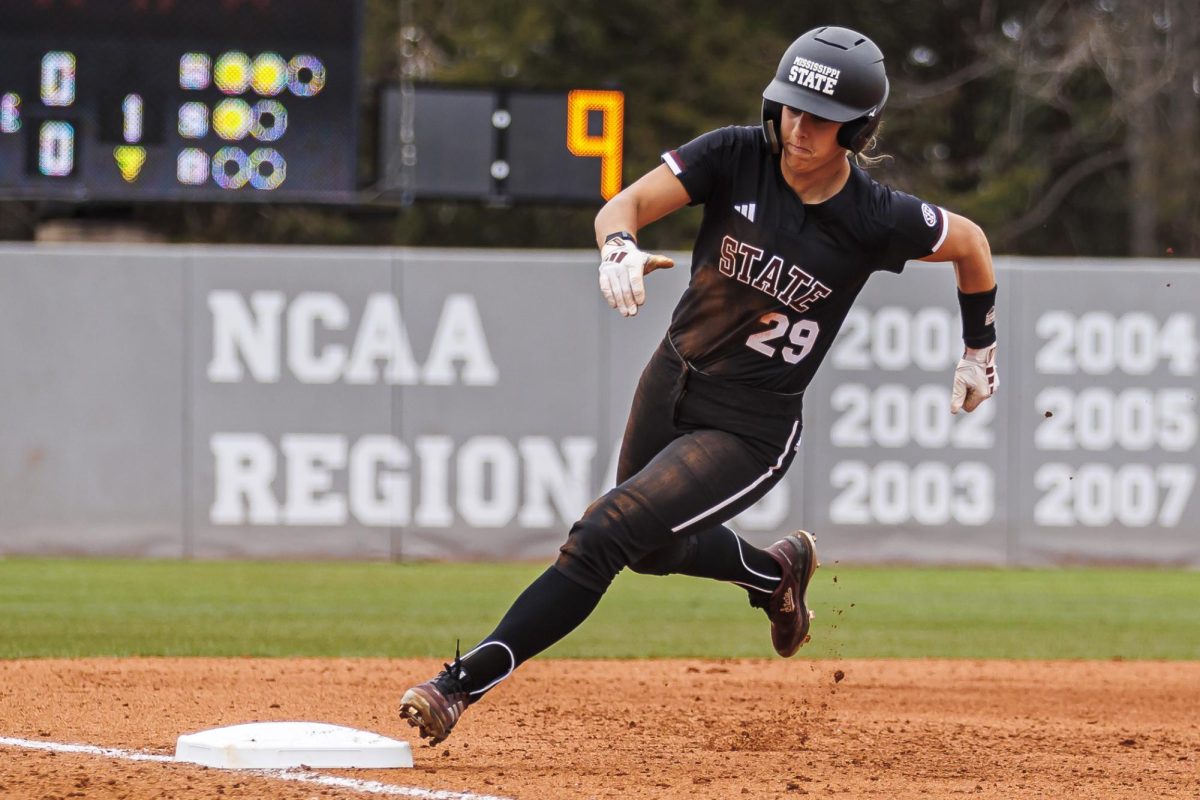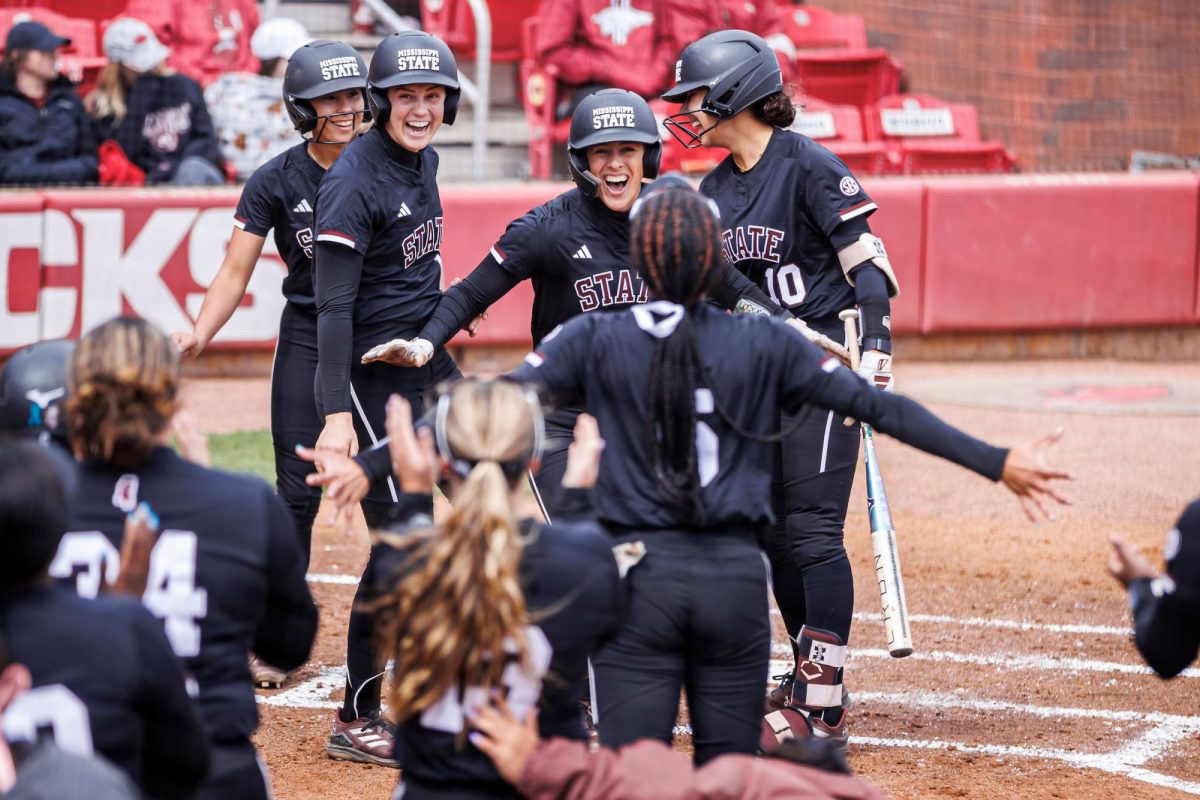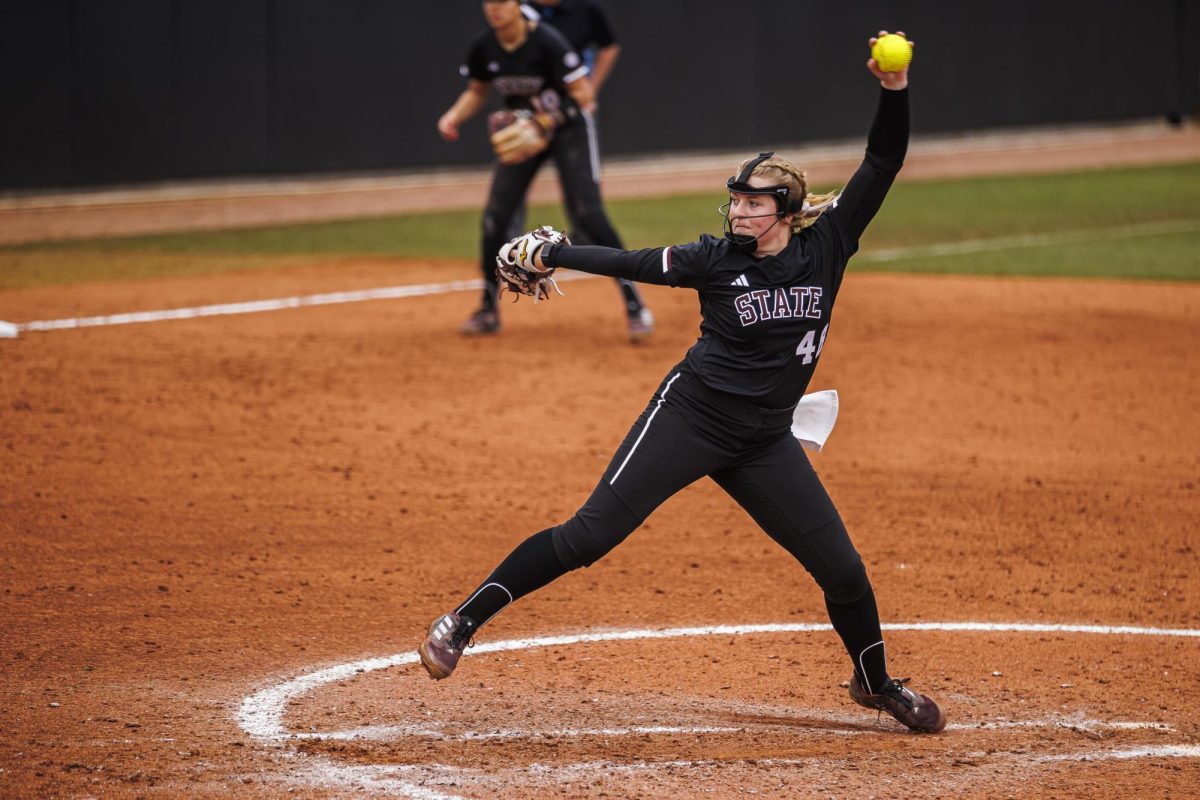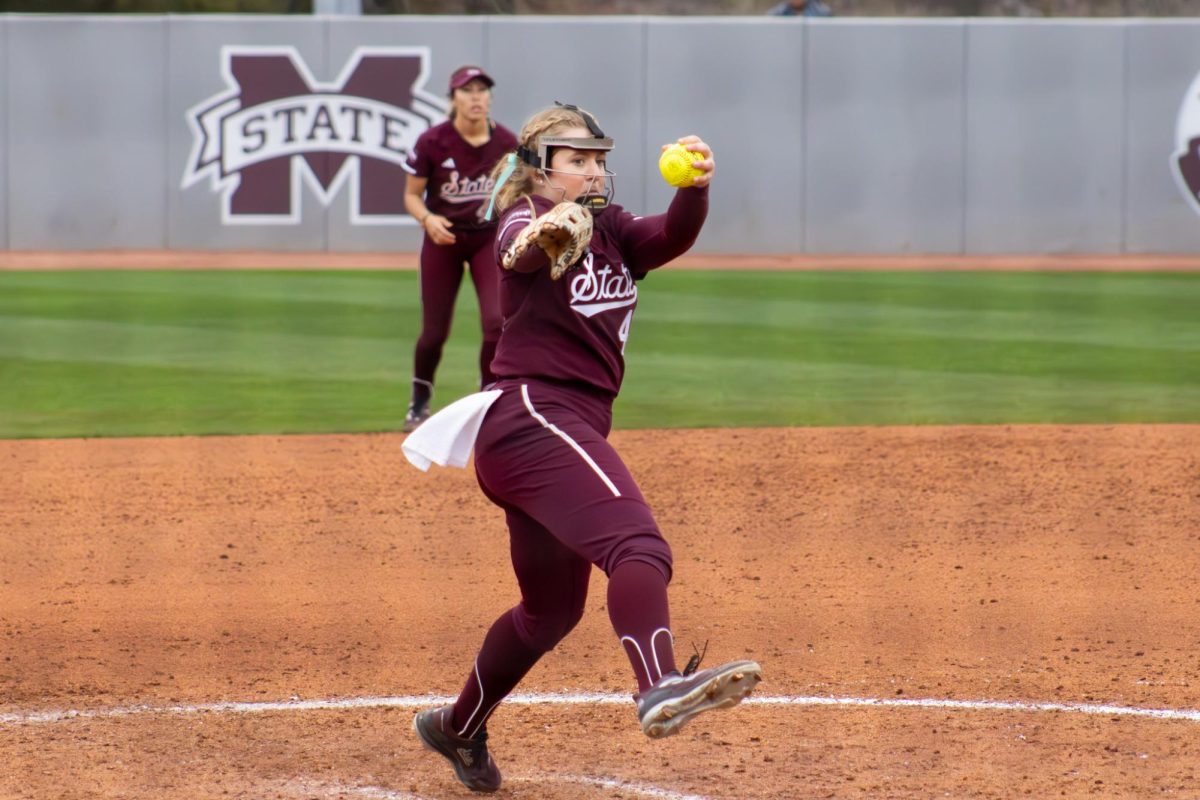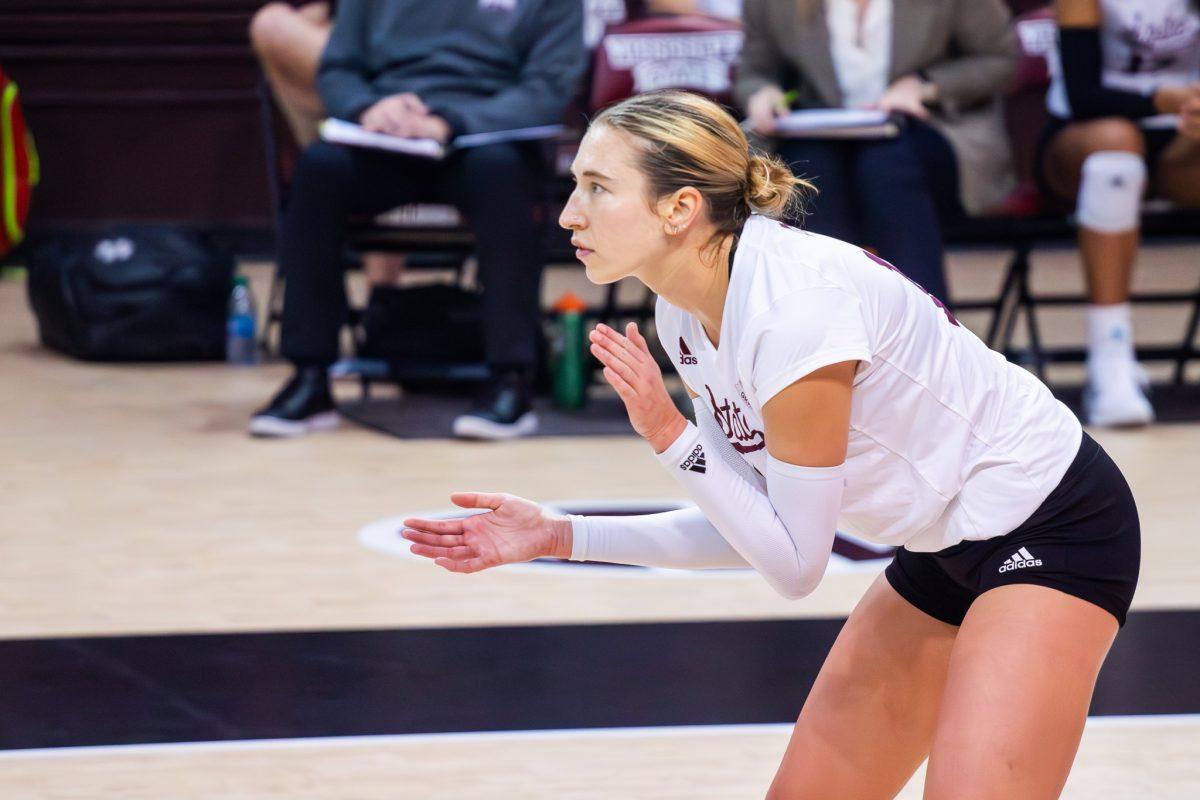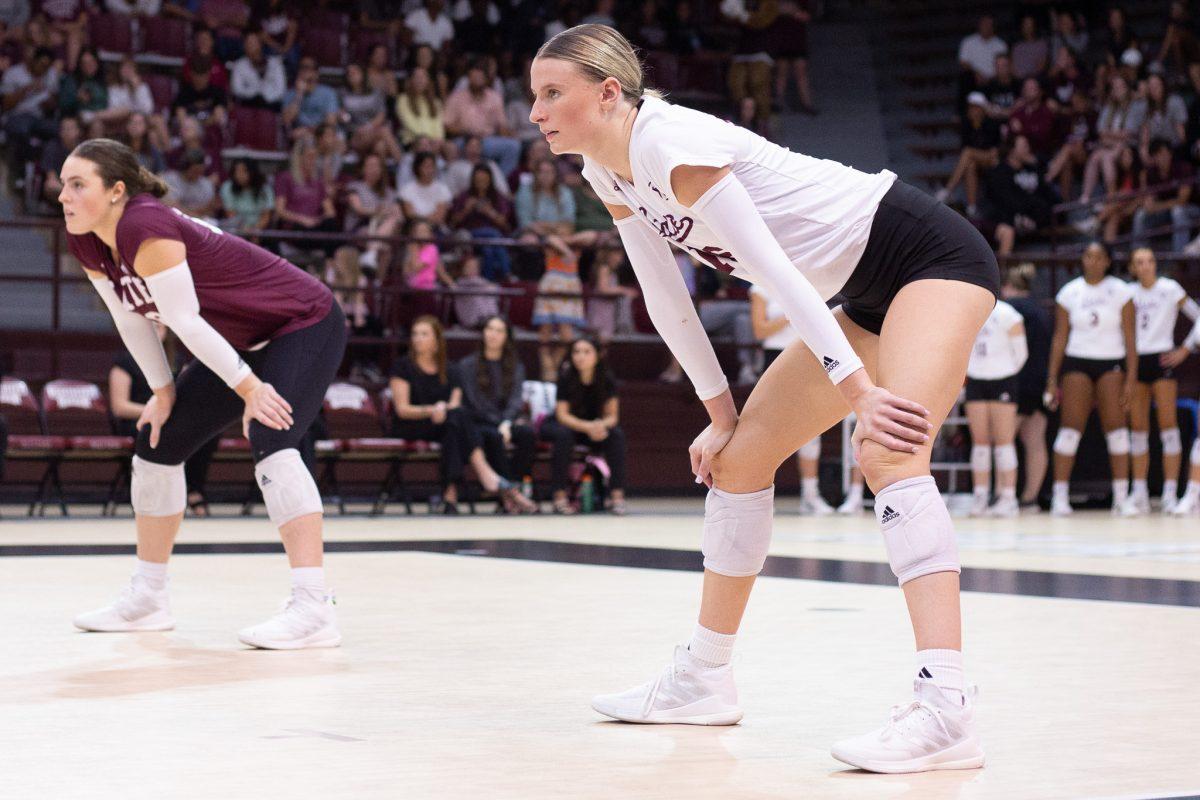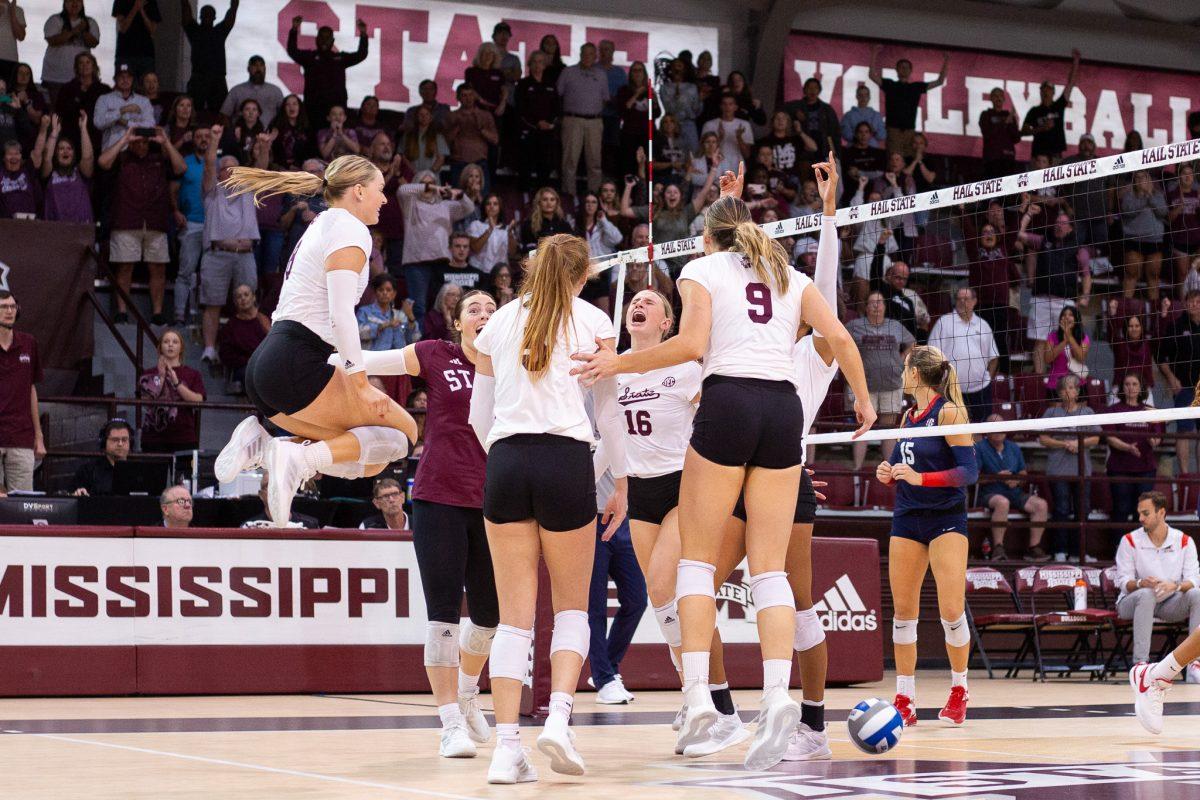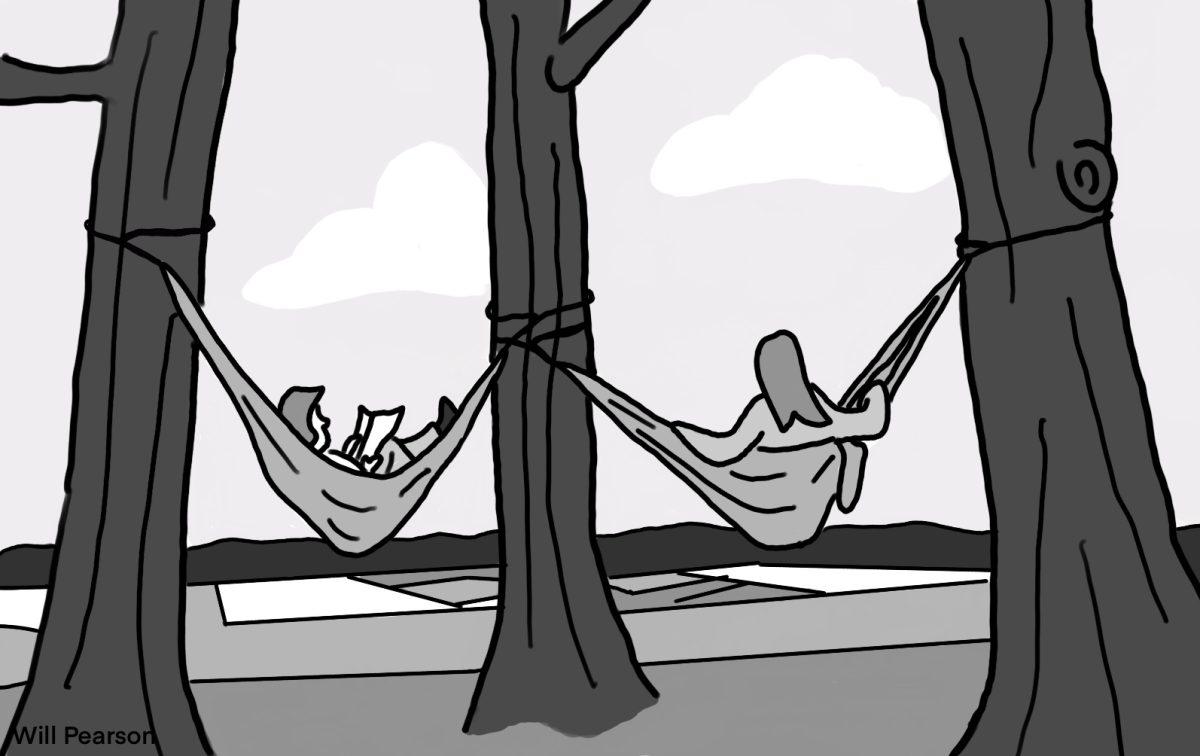The term “third place” was introduced by Ray Oldenburg in his book “The Great Good Place,” a sociology study concerning human relationships with their spaces. According to the concept, first places are places where we live, second places are places where we work and third places are where we meet. These so-called “third places” are about fostering random connections between strangers and creating a shared sense of ownership over that space. Examples of these places are restaurants, bars, cafes and parks.
As far as third places go, Starkville has some good cafes and bars. Arepas Coffee & Bar, 929 Coffee Bar and Deja Brew all have cult followings of customers who would not dream of considering a different shop. That is well and good, but an ideal third place does not imply the need to purchase anything to be there. I would feel like a freeloader if I sat in a Starbucks for six hours. What Starkville lacks is quality parks for permanent residents and Mississippi State University students.
Starkville has a few public parks, but that number changes based on the definition you have for a park. The two most traditional of these spaces are McKee Park and Patriot’s Park. They are quaint but nice with pavilions, baseball diamonds and picnic tables. If you type the word “park” in an internet search bar, you will get far less impressive contenders, most of which are single plots with a small garden or a lone bench.
According to the National Recreation and Park Association, parks offer “a tangible reflection of the quality of life in a community. They provide identity for citizens and are a major factor in the perception of quality of life in a given community.” Our parks lack that reflection of identity. They are all just parks in Starkville. None of them are Starkville’s park.
There are many green spaces in town outside the park definition, such as the Veteran’s Memorial Rose Garden or the Drill Field. However, the most popular of these areas is a hill located between the research circle and a large acreage of fields known to many as North Farm. It could be argued that the hill is part of the farm, but it is certainly not a park. It is a hill.
On any given day at North Farm, you are likely to encounter people sitting in hammocks strung up on the tree-lined ridge, pet owners walking their dogs and runners jogging around the perimeter of the space. People meet in groups on the hill despite how wildly inconvenient it is to sit in a circle on such a steep incline. It is, almost by accident, a widely functional third place.
Students, especially during the upcoming finals, need an escape from school. MSU’s campus is not lacking in gorgeous greenery or recreational space, but it is difficult for students to relax in these spaces with an educational building in every direction. The air drips with the knowledge of responsibilities and upcoming deadlines. From the top of the hill, North Farm evokes feelings that are only achievable from nature’s presence. According to the University of Minnesota, exposure to nature relieves feelings of anger, fear and stress. With the addition of a couple of benches and a few level concrete slabs for picnic tables, North Farm would be well on its way to achieving park status.
North Farm already has what so many of the other parks lack: the feeling of a third place. It offers liberation from reality as a community held safe. The MSU student body’s weird affection for this random hill is a fantastic opportunity to refine the feeling of community ownership. North Farm is a third place and should be developed further as an escape for students and as a meeting place for the community.
Categories:
North Farm should be developed further as a park for the community
About the Contributor

Luke Copley, Former Opinion Editor
Luke Copley served as the Opinion Editor from 2022 to 2023.
0
More to Discover

